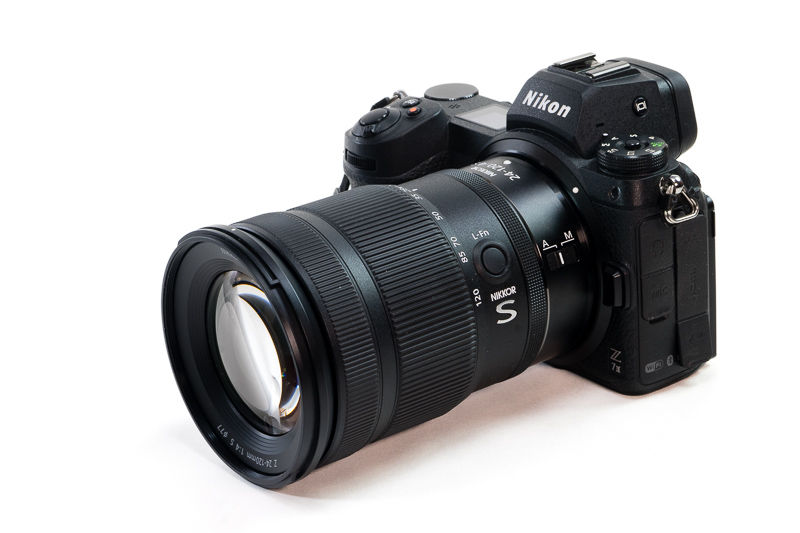
Introduction
Nikon Z 24-120mm f/4 S is often said to be one of the best all-around midrange zooms Nikon has made. It offers a versatile zoom range and a fixed aperture, and it’s part of Nikon’s premium S-line series. It’s also newer than the Nikon Z 24-70/4 S I reviewed recently — a lens I liked quite a bit. With its broader zoom range, Nikon Z 24-120/4 S promises more flexibility.
But is it the better lens overall? Let’s dive into this review and see how it compares to the Z 24-70mm S!
![]() I tested this lens on a 46 Mp Nikon Z7ii (Sample images were taken with a Nikon Zf)
I tested this lens on a 46 Mp Nikon Z7ii (Sample images were taken with a Nikon Zf)
 You can see this review as a YouTube video here!
You can see this review as a YouTube video here!
![]() Sample images in high resolution here.
Sample images in high resolution here.
Sample Images
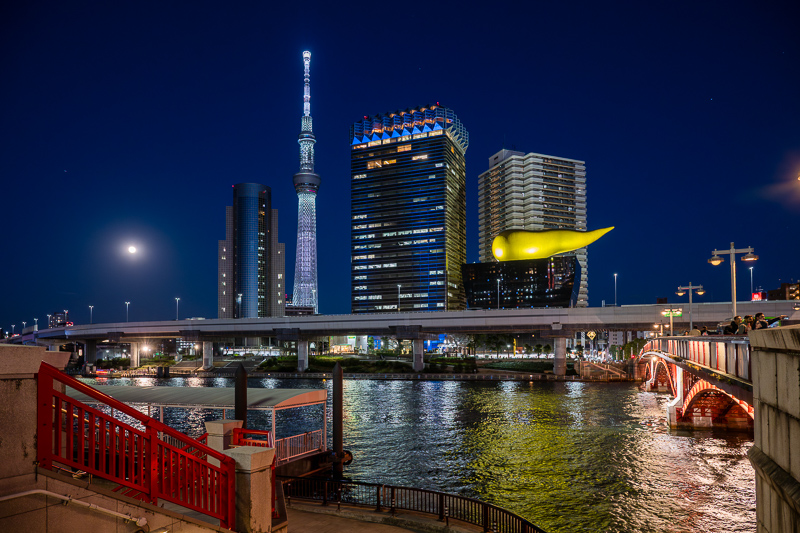
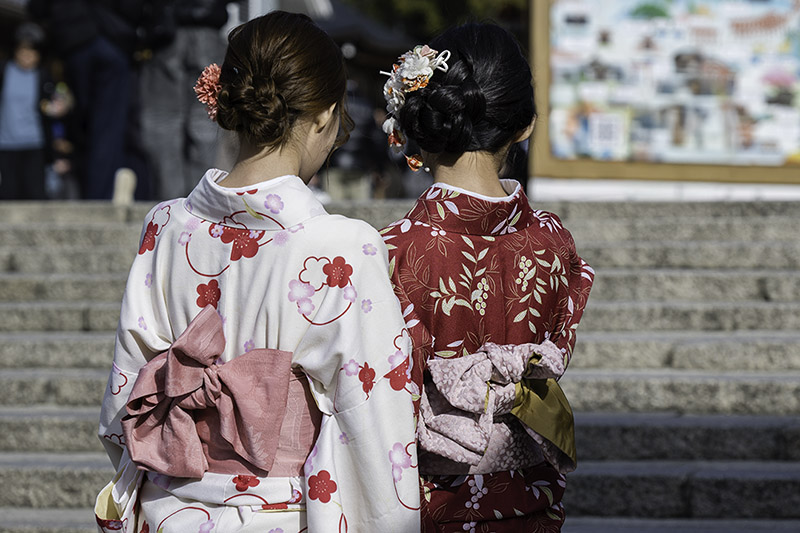
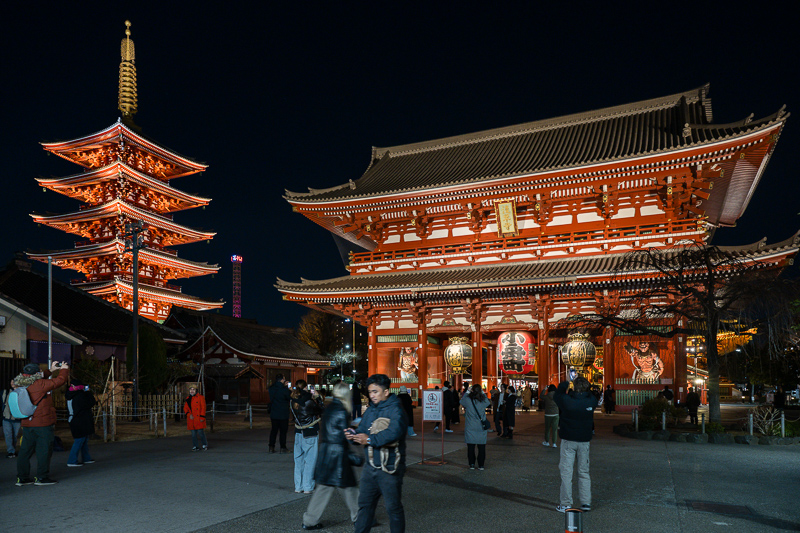


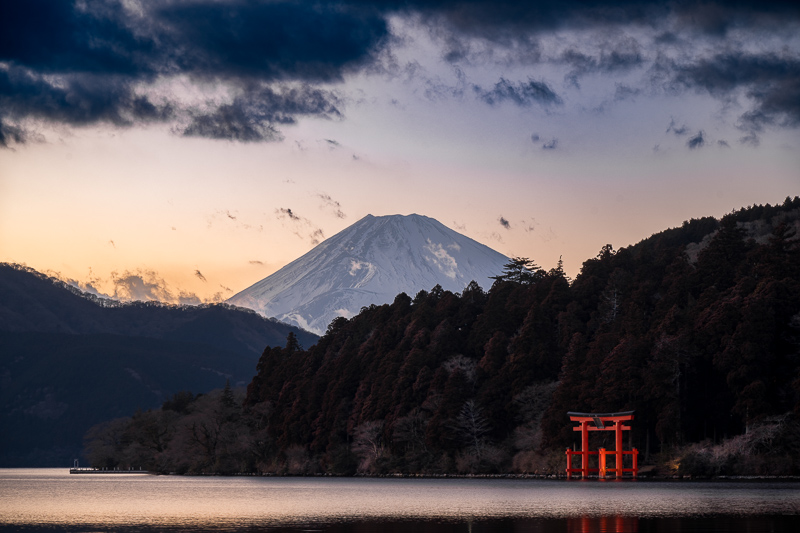

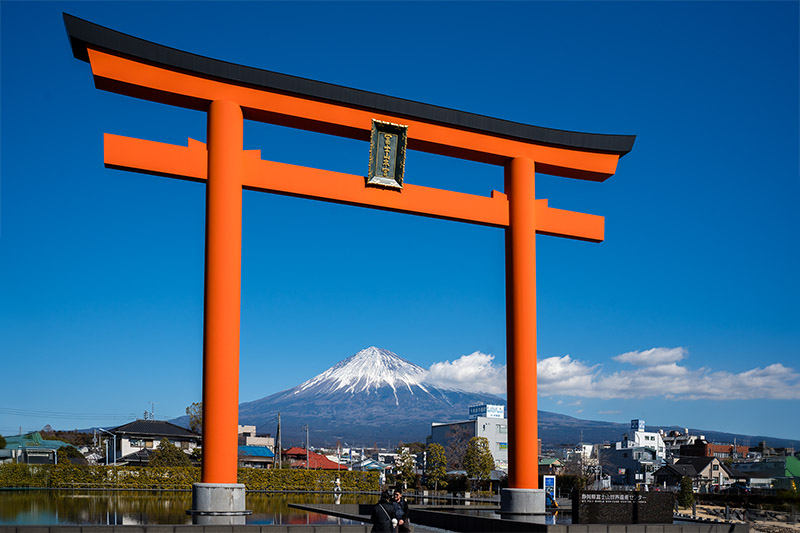
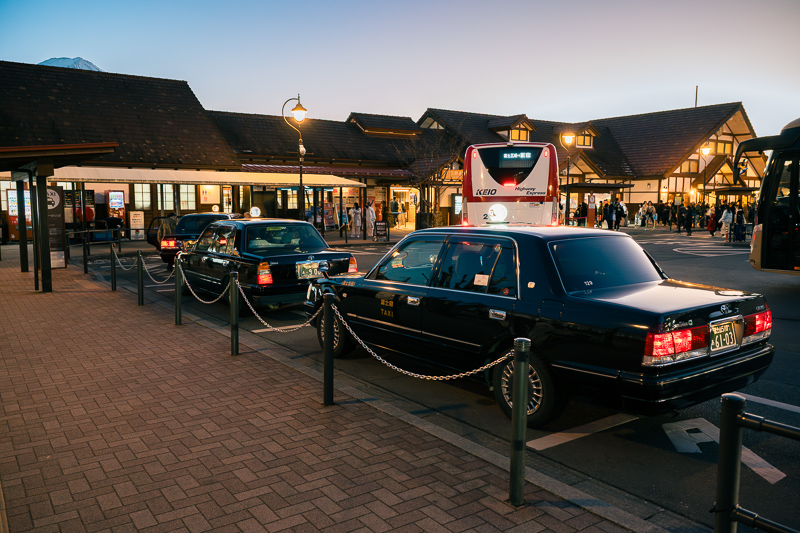

Most of the sample images in this review and many more can be found in higher resolution here.
Specifications
| Focal Length | 24-120 mm |
| Angle of View | 84° – 20°20′ (FX) |
| # of Aperture Blades | 9 (rounded) |
| Max Aperture | f/4 |
| Min Aperture | f/22 |
| Min Focus Distance (Magnification) | 0.35 m (0.39x) |
| Filter Size | 77 mm |
| Lens Mount | Nikon Z |
| Weight | ~ 630 g |
| Size (D x L) | 84 mm x 118 mm |
| Elements/Group | 16 elements in 13 groups |
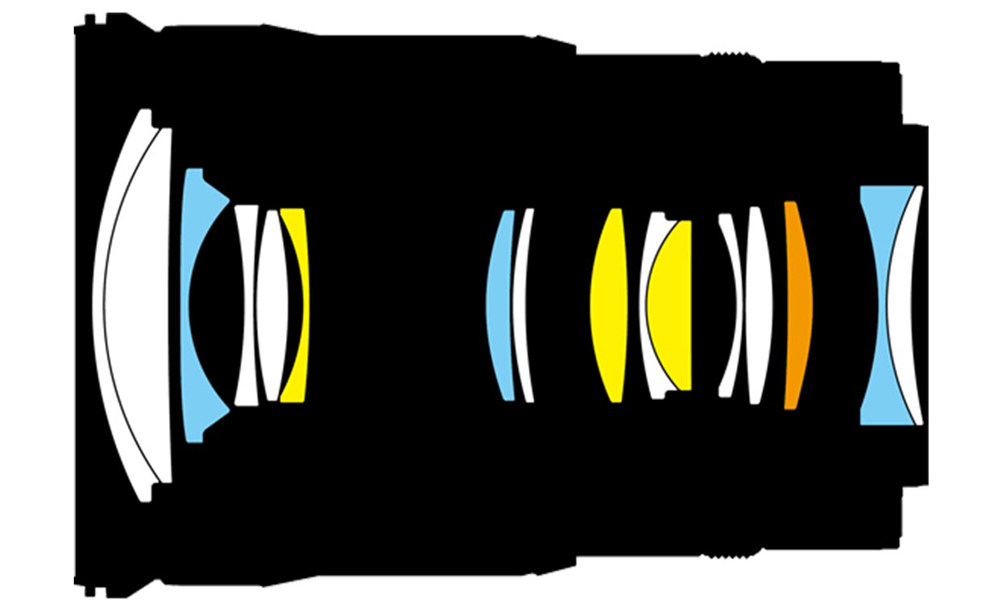 |
 |
| Buy new: Amazon (anywhere), B&H, for $997 (Affiliate links) Buy used: eBay.com, ebay.de, ebay.co.uk from $670 (Affiliate links) |
Disclosure
One of our readers, Wolfgang, kindly loaned this lens for a couple of months for test and review purposes.
Variations
Nikon has had several 24-120mm lenses with F mount, AF 24-120/3.5-5.6D, AF-S 24-120/3.5-5.6G VR, and AF-S 24-120/4G ED VR.
Handling and Build Quality
The Nikon Z 24-120mm f/4 S is mostly constructed from durable hard plastic, with a metal lens mount. The build feels solid and tight, with no noticeable play or wobble, it feels like a premium lens in the hand. Combined with its 16 internal lens elements, it weighs in at 630 g—not too heavy, not too light. it is slightly large though. Here you can see a comparison between this lens and the Z 24-70/4 S.
There’s an A-M switch on the left side of the lens to toggle between autofocus and manual focus, along with an L-Fn function button that can be assigned to a wide range of functions. The relatively thin focus ring is rubberised and positioned closest to the front element, followed by a fairly large zoom ring, also rubberised, and then a very slim control ring near the camera body. This control ring can be customised to adjust aperture, exposure compensation, ISO sensitivity, or disabled entirely. When set to control the aperture, it operates clicklessly, allowing for smooth adjustments—ideal for video. You can also swap the functions of the focus and control rings via the camera menu.
The telescoping zoom mechanism extends as you zoom in to 120mm, but the front element does not rotate—not even during focusing—thanks to its internal focusing design, which is useful when using filters.
The focus ring can be used to override autofocus at any time, even when AF is engaged. The focus mechanism is focus-by-wire: if you rotate the ring quickly, the focus distance changes a lot with just a small movement. If you turn it slowly, it takes much more rotation to go from minimum focus distance (MFD) to infinity. Also, when you switch off the camera, it forgets the last focus position.
However, the 24-120mm is one of Nikon’s S-line lenses that lets you change this behaviour. You can make it act almost like a mechanical focus lens by enabling linear focus rotation. That means no matter how fast you turn the ring, a given rotation always results in the same focus change. You can even choose how much rotation it takes to go from MFD to infinity—anywhere from 90° to 360° in 30° increments, plus 540° and 720° options.
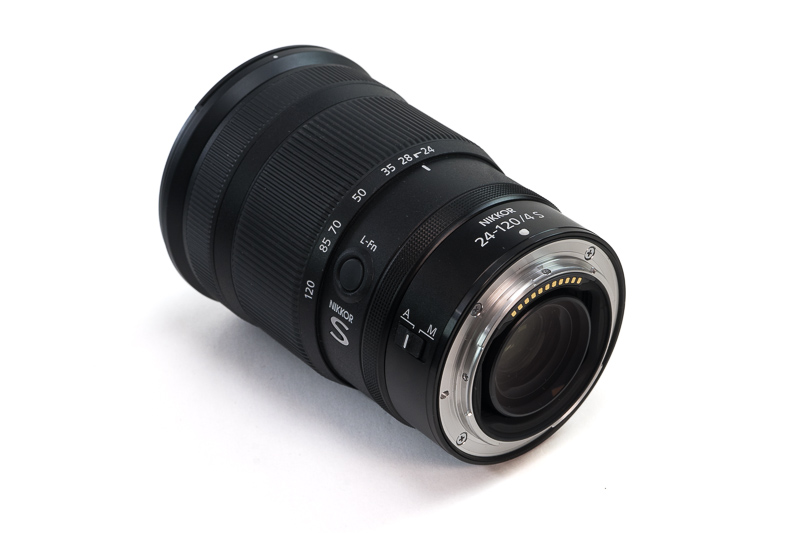
Autofocus, driven by a stepper motor, is blazing fast, accurate, and virtually silent.
The lens is environmentally sealed and, as Nikon markets it, dust- and moisture-resistant. There’s no image stabilisation built into the lens. In the box, you get the standard front and rear caps, along with a plastic lens hood.
In terms of handling, both this lens and the 24-70 have their own advantages. The biggest advantage of the 24-120 is, of course, its longer reach, along with the extra control ring and the Fn button. Its main drawback is its bulk and weight, where the 24-70 clearly has the edge—especially for carrying around.
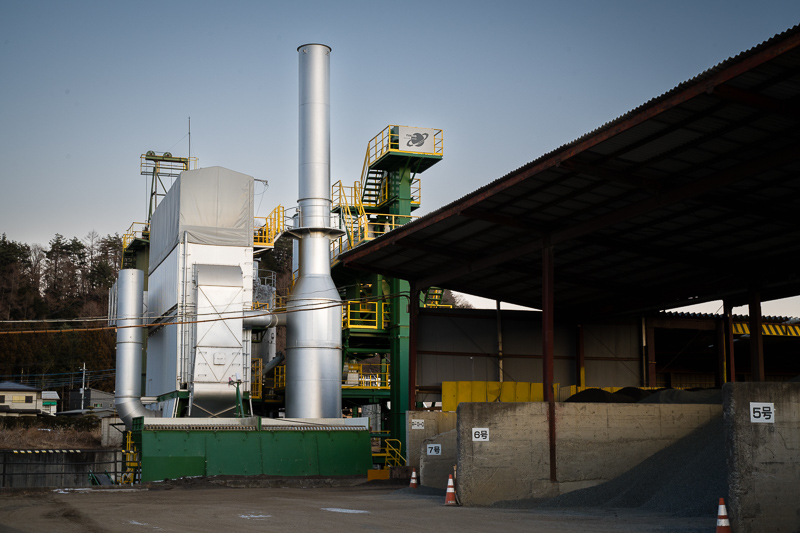
Optical Features
Sharpness (Infinity)
For the infinity sharpness test, we look at three areas of the image, centre, mid-frame, and corner, see highlighted areas in the image below!
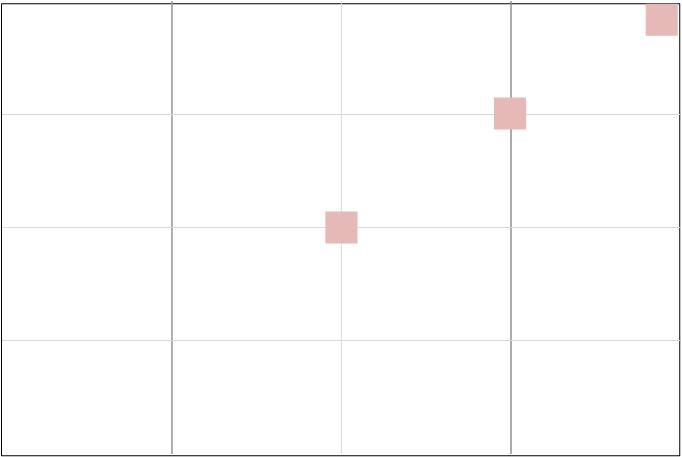
Excellent sharpness at all focal lengths, even wide open at f/4, across the entire frame. Centre sharpness is the highest, with the corners being slightly less sharp — but still excellent overall. Diffraction reduces sharpness just a bit at f/11 (barely noticeable), becomes more visible at f/16, and is most prominent at f/22. Even then, sharpness remains very good.
It looks like sharpness is more or less at the same level as the Z 24-70/4 S. But maybe not exactly as it seems to be better than the Z 24-70/4 S at certain apertures and focal lengths in certain frame areas, and worse at others. At wider focal lengths and wider apertures, the Z 24-120 seems to have the upper hand, while around 50–70mm and apertures between f/8 and f/16, the Z 24-70 shows slightly better sharpness. That said, the differences are marginal — we’re firmly in pixel-peeping territory here.
Sharpness (Portrait)
Let’s look at the points of interest for portraits at the portrait distance: the very centre, the centre’s inner periphery (1/3 rule intersection), and the centre’s outer periphery (1/4th intersection).
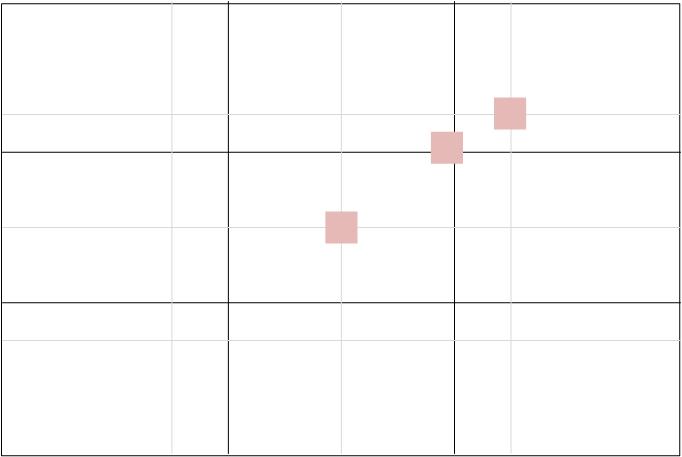
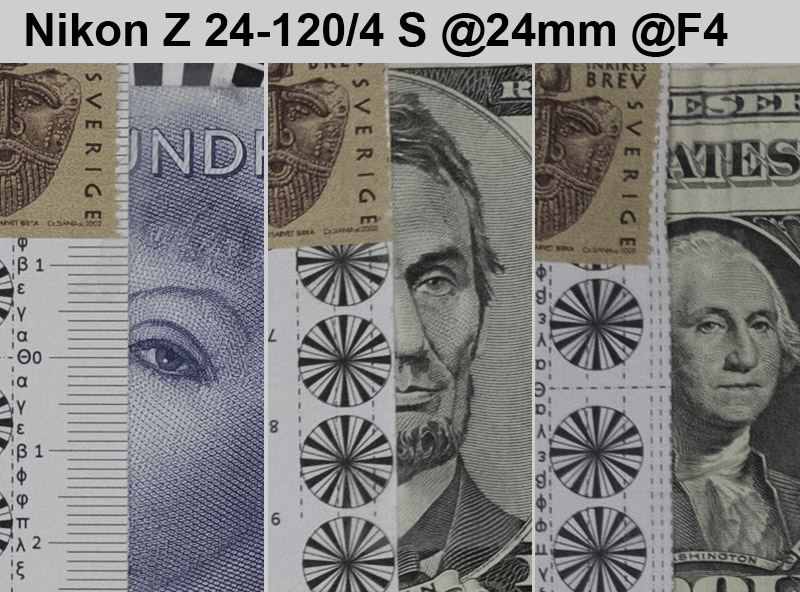
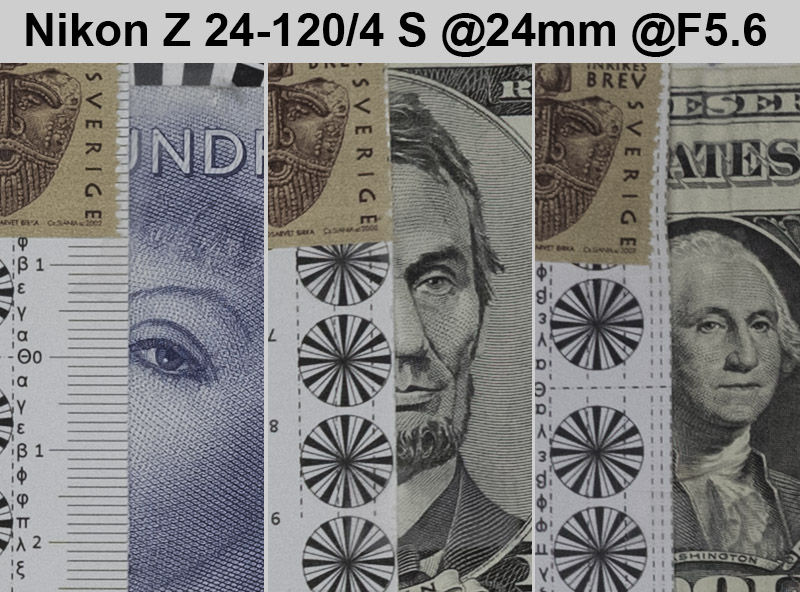
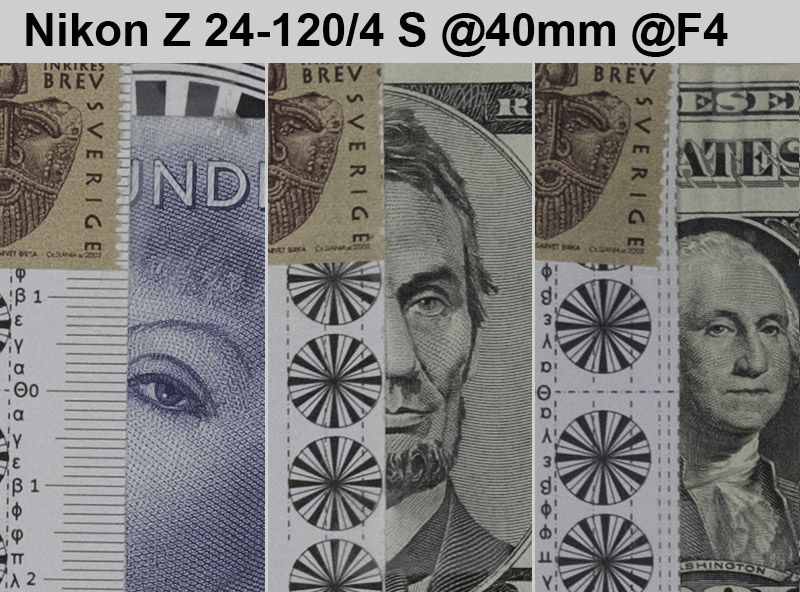

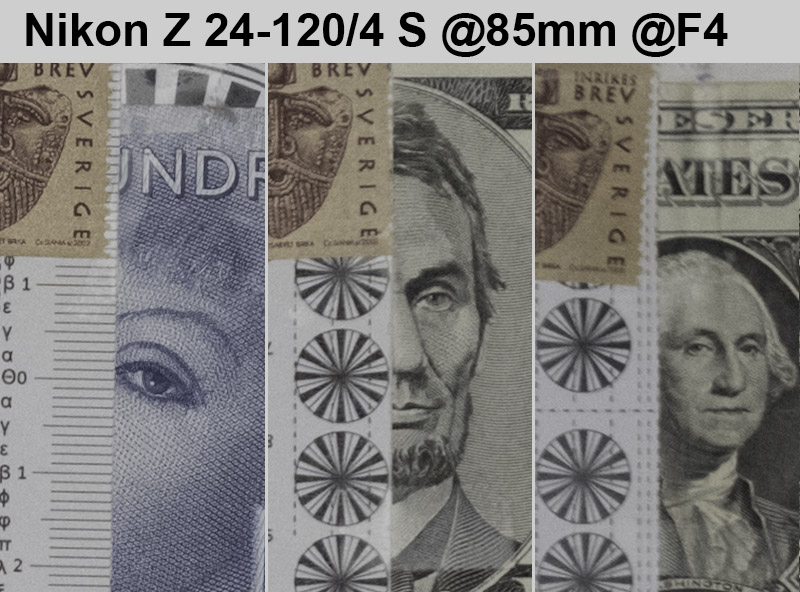
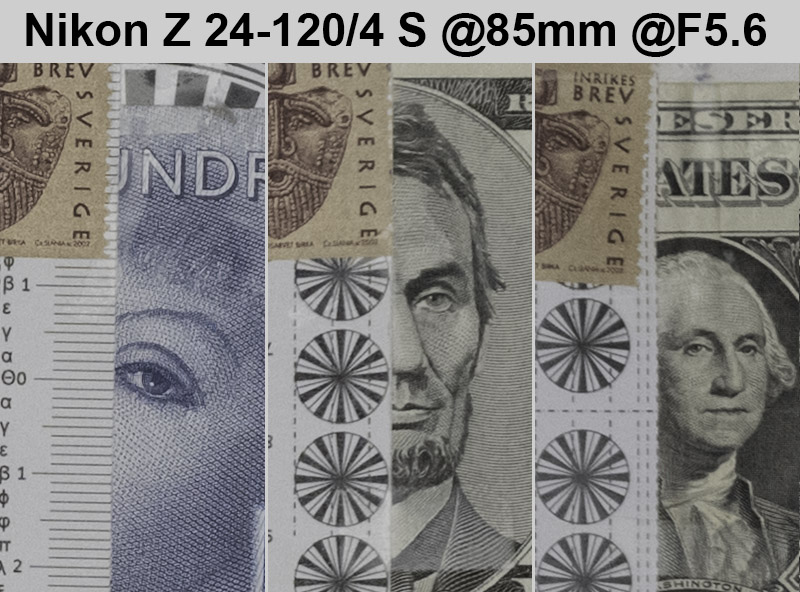
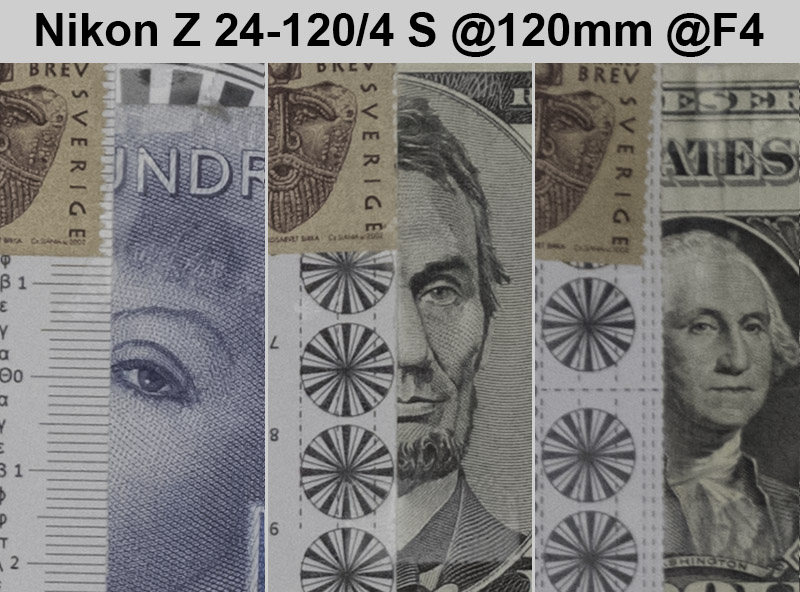
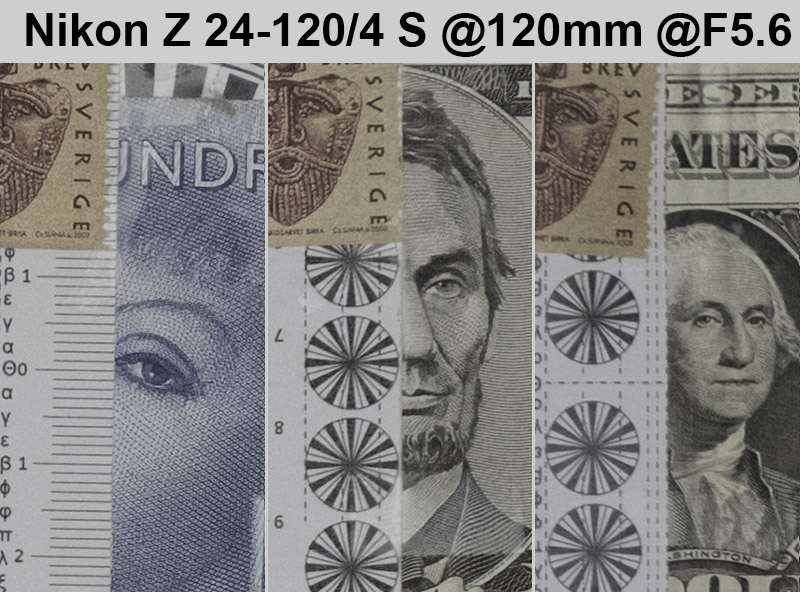
Again, excellent sharpness at all focal lengths and all tested points. Here, it’s clear that wide-open sharpness is better at 24mm and 40mm than at 85mm and 120mm — but stopping down to f/5.6 evens things out.
Compared to Z 24-70/4, the sharpness is slightly better here at 24mm and 40mm, while at 70mm it seems that the 24-70 is a little better.
Sharpness (Close-up)
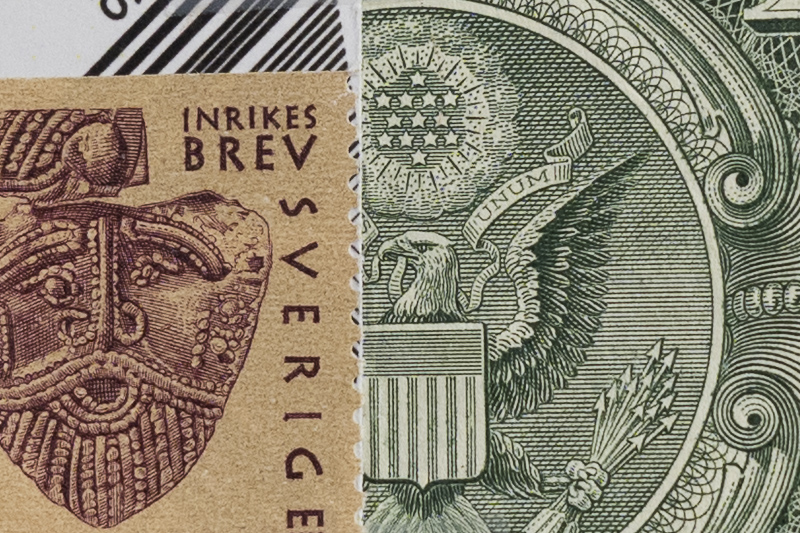
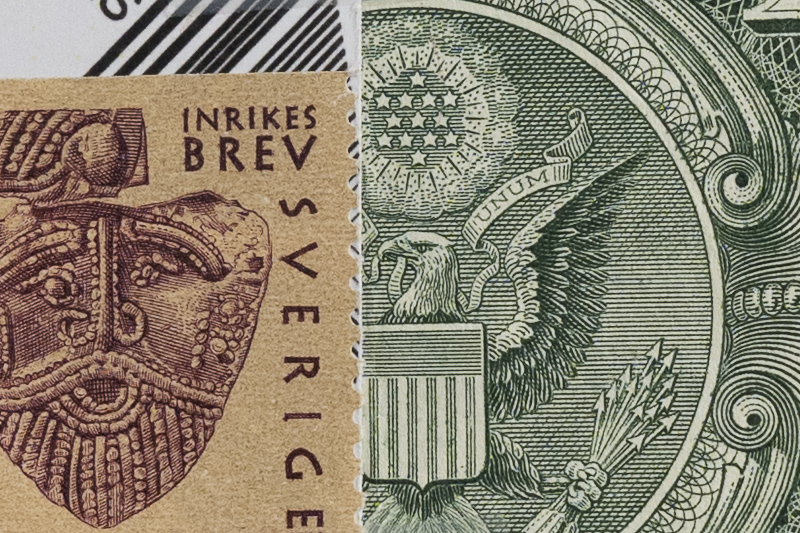
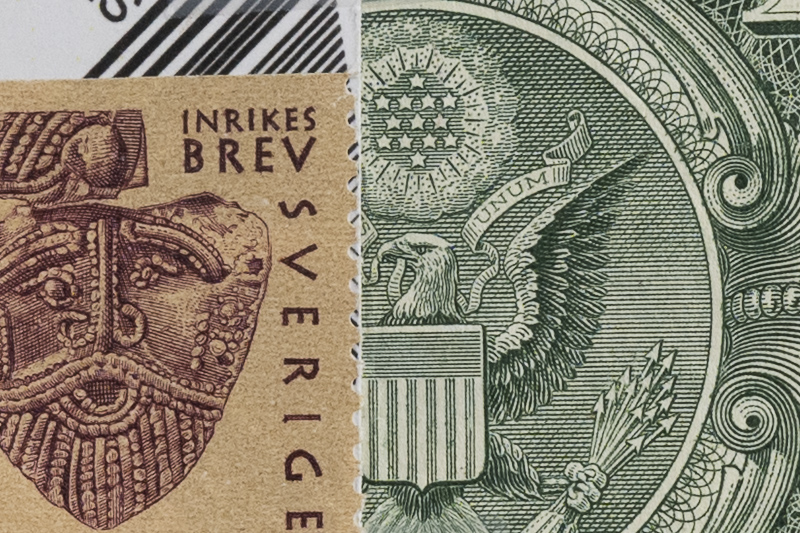
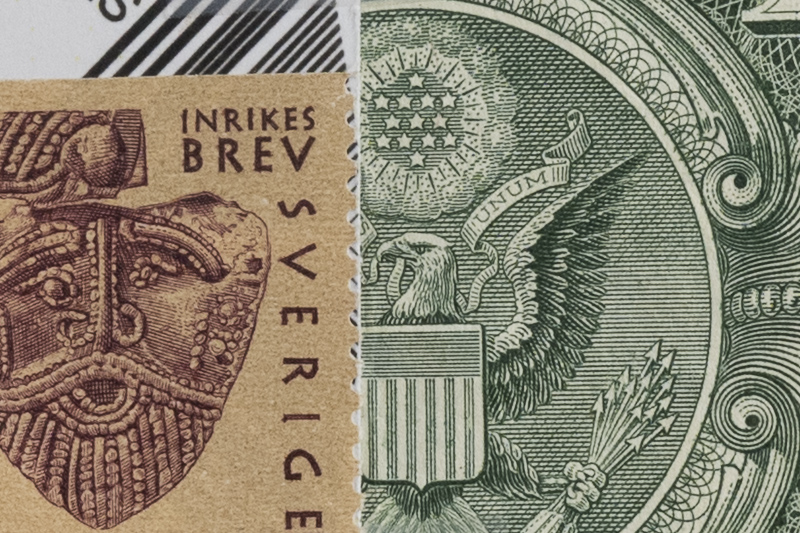
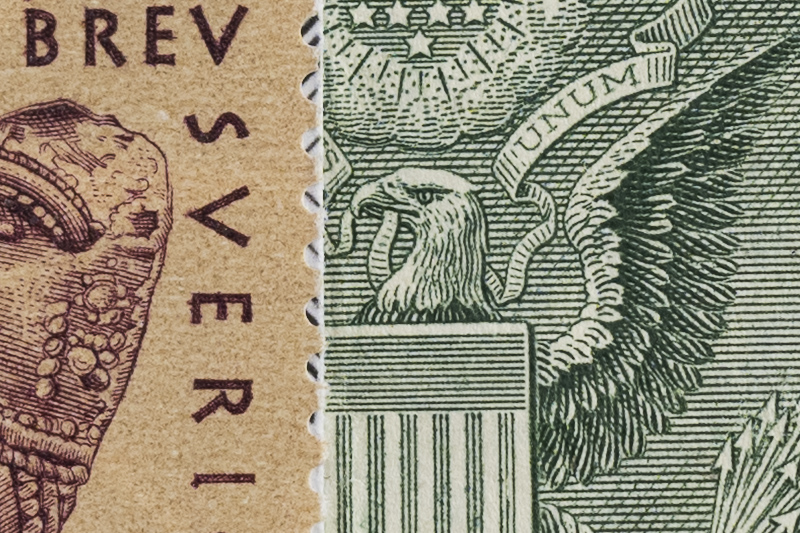
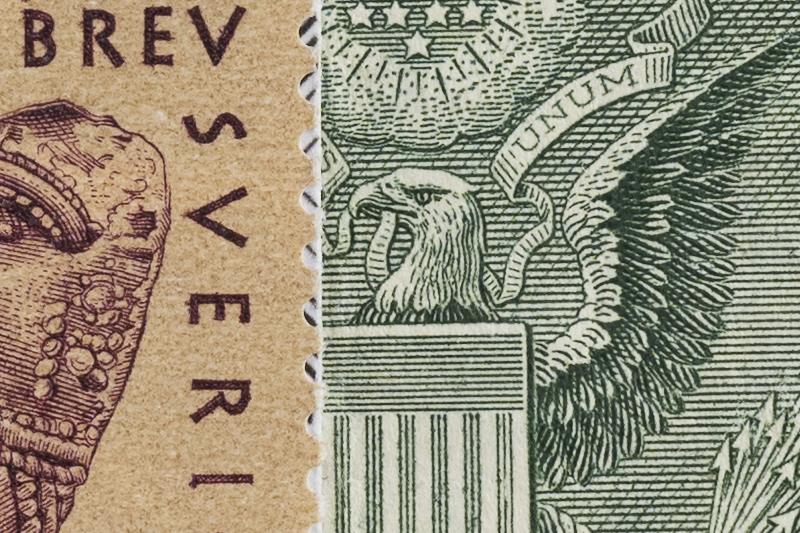
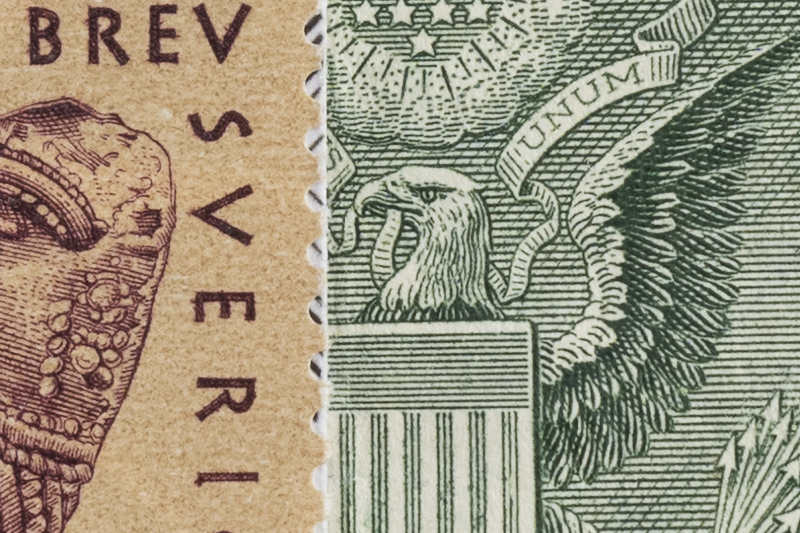
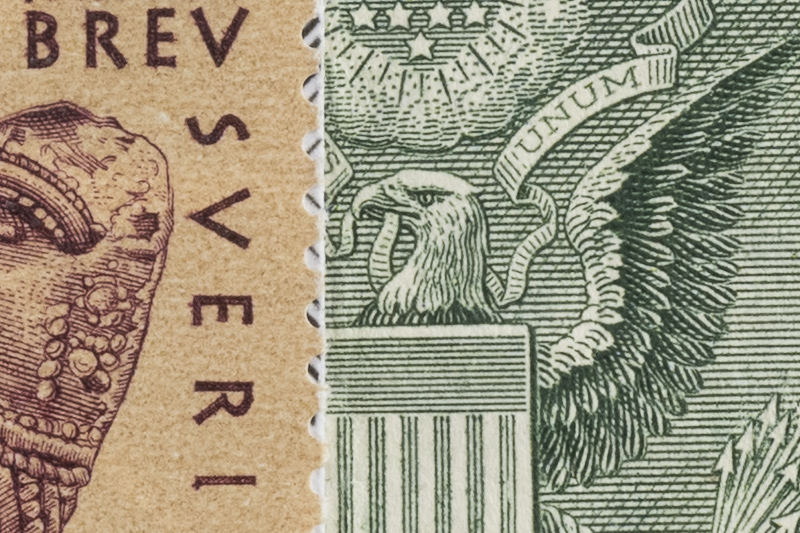

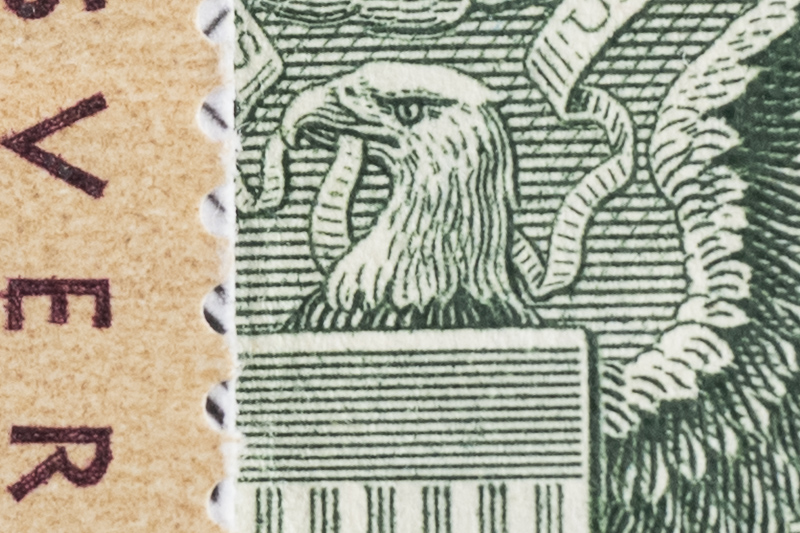
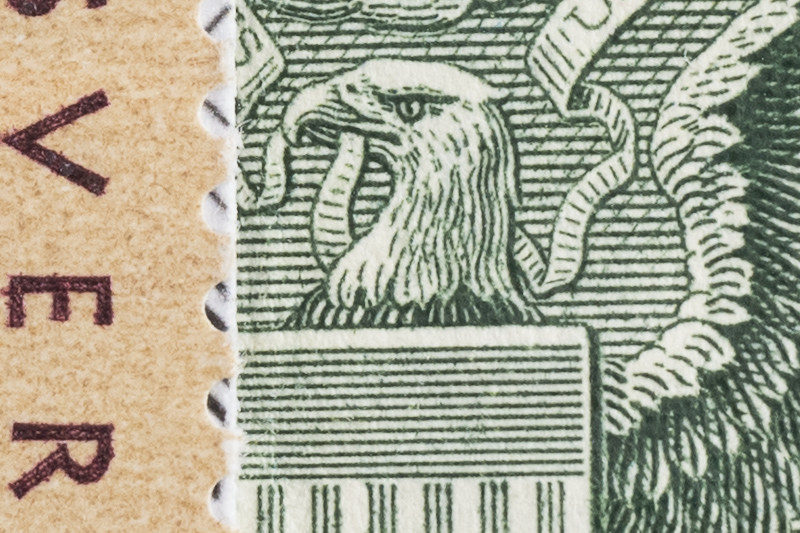
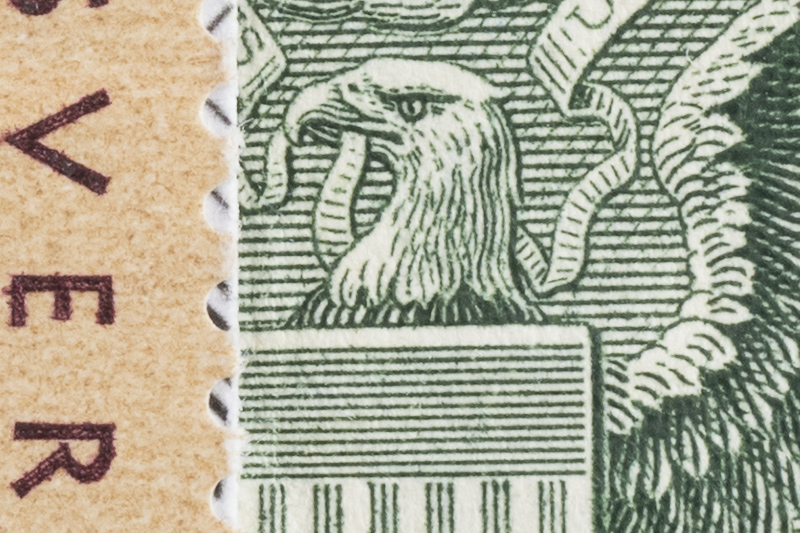
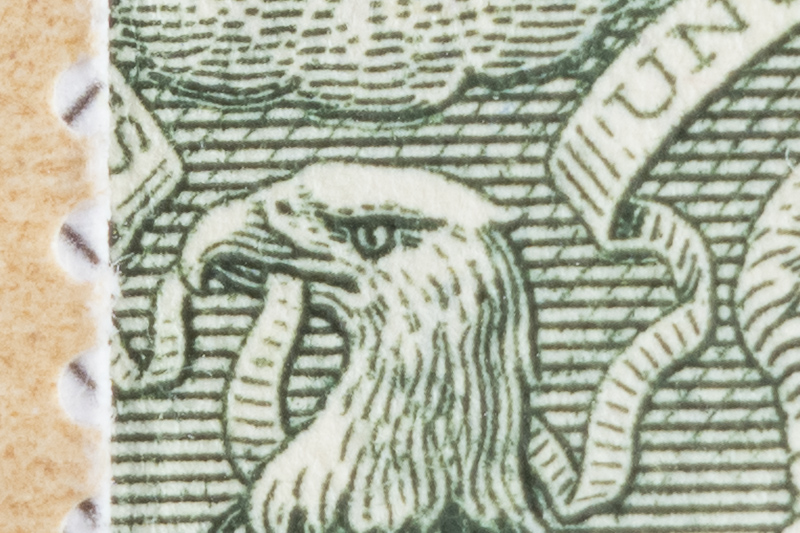
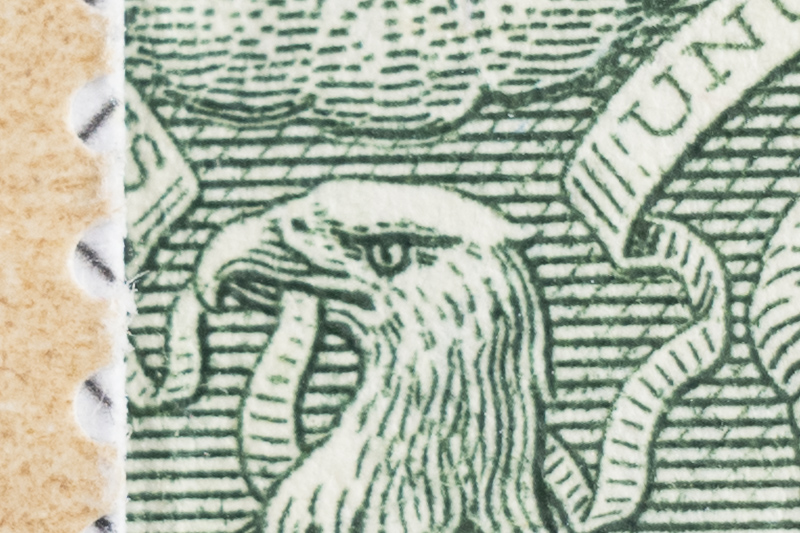
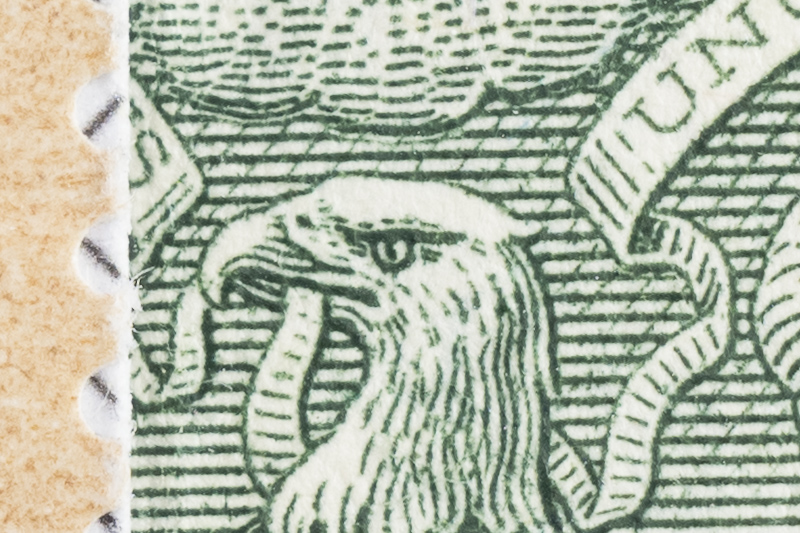

Excellent close-up sharpness at all focal lengths and nearly all apertures. 24mm and 40mm are slightly sharper than the 70mm and 120mm. Diffraction starts to appear at f11 and becomes more noticeable at f16, but it does not significantly impact sharpness.
Here, the performance is on par with the Z 24-70mm f/4, making it a draw.
However, the 24-120mm offers a magnification of 0.39x compared to the 24-70’s 0.3x—which is already impressive for a non-macro lens. Still, in terms of magnification, the 24-120mm is the clear winner.

Lens Distortion
Normally, you will never notice this lens’s distortion, even if you shoot at 24mm and photograph something with straight lines, like architecture. That’s because Nikon automatically applies a distortion correction to this lens by default. On top of that, Nikon and Adobe apply a distortion correction profile to this lens in post.
Even in a third-party RAW converter like RawTherapee, you won’t see any distortion with the default settings, since distortion correction is applied automatically. But if you dig into the settings and disable it, the distortion becomes visible — from strong barrel/wavy distortion at the wide end to strong pincushion/wavy distortion at the long end of the focal range.
It is more or less the same performance as Z 24-70/4 S, so it’s a draw.
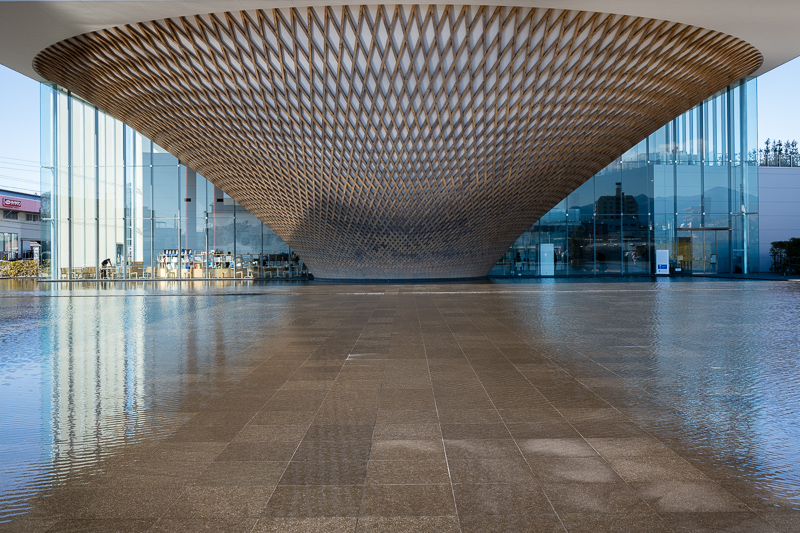
Vignetting
In general, vignetting is relatively well controlled. At its widest aperture, the lens shows only moderate vignetting, mostly noticeable at the extreme ends of the zoom range — 24mm and 120mm. From f/5.6 onward, vignetting is minimal, except at 24mm where it can still be visible in scenes with uniform lighting.

It is more or less the same values as Z 24-70/4 S, making it a draw.
Focus Shift & Aberrations
There is a very small amount of Longitudinal chromatic aberrations in the images at its widest aperture F4, but as you can see in these pictures they will hardly be seen even when the images are cropped, they will normally not be visible in normal situations.
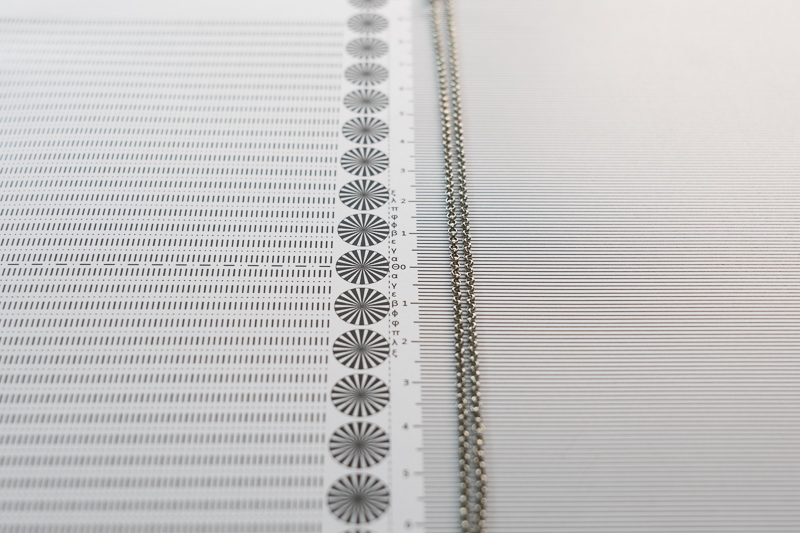
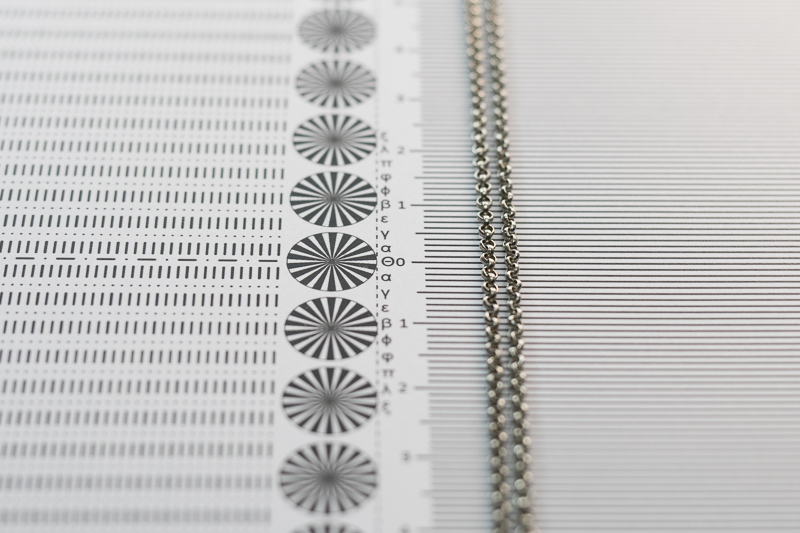
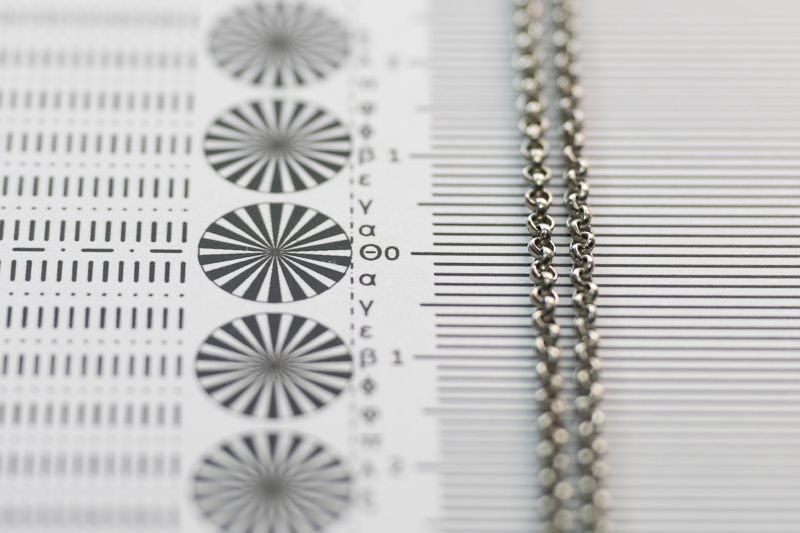
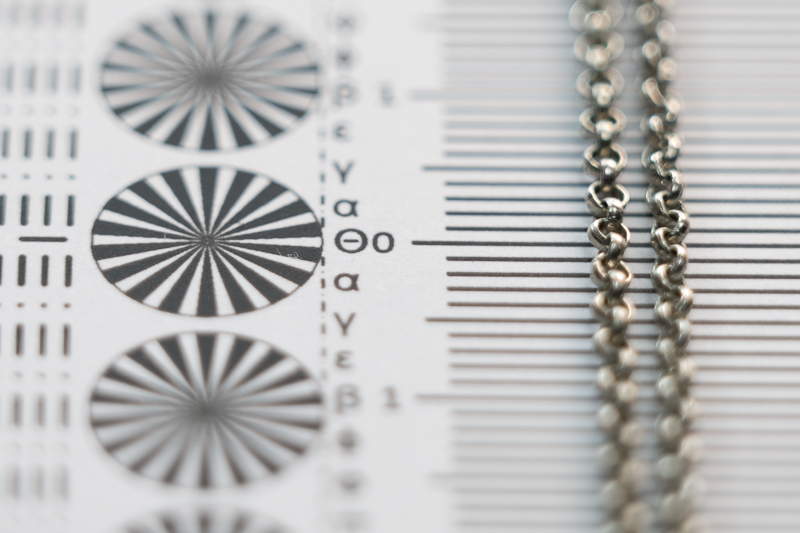
The lateral chromatic aberration is also very well controlled. Although at the widest focal length (24mm), there is some purple fringing visible in high contrast areas. Here are 100% crops of the images corners at various focal lengths. For 24mm there is also a copy of the corrected crop.
Everything else in this section is impeccable, except the purple fringing at 24mm focal length. The Z 24-70/4 S did not have this issue, so here the 24-70 wins just by a hair.
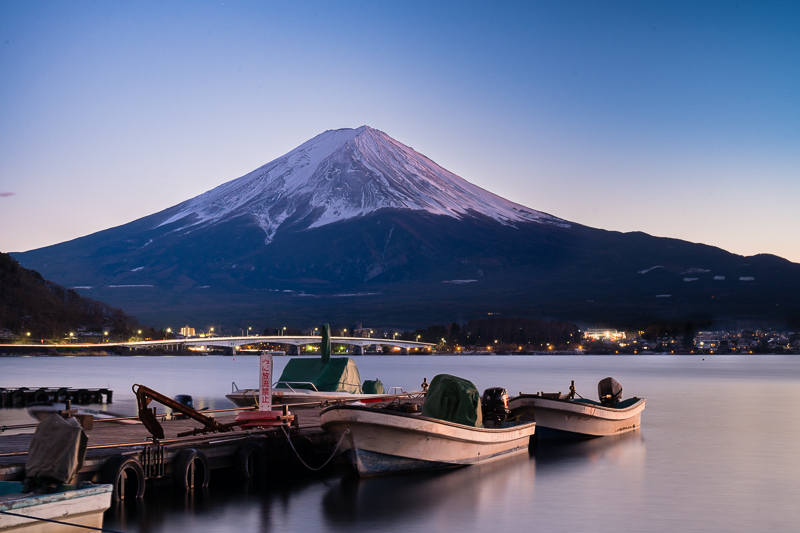
Flare Resistance
Zoom lenses are generally more prone to flare than prime lenses, partly because of their more complex optical construction. This includes numerous elements and glass-to-air surfaces, as well as the added difficulty of optimising a design with moving components.
Nikon’s ARNEO and Nano Crystal coatings, along with a fluorine-coated front element, do an excellent job of minimising flare—even on a zoom lens with numerous elements and a large front element. These coatings help produce clean, contrasty images, even when shooting directly into the sun. Here are some samples:
Of course, with enough effort, any lens can be made to look bad in this regard. While this lens handles flare well under typical shooting conditions, it’s still possible to encounter it in certain situations, mainly at small apertures. Here are a few examples:
However, all of these issues could easily be avoided with a slight change in camera angle or position—as shown by some of the exact same compositions appearing earlier in the image series without any issues.
How does it compare to the Nikkor Z 24-70mm f/4 S? While both lenses perform well in this category, I achieved better results with the 24-70mm. This might be due to its simpler optical design, with fewer elements and a smaller front element—but I can’t say for sure. In this case, the 24-70mm f/4 has the edge over the 24-120mm.
Coma
Coma is not an issue with this lens. There is a very small amount of coma, most visible in the wide end, but that will not have affect the image much and can be considered negligible. The performance here is good. In the following crops of the corners of the images at different focal lengths.
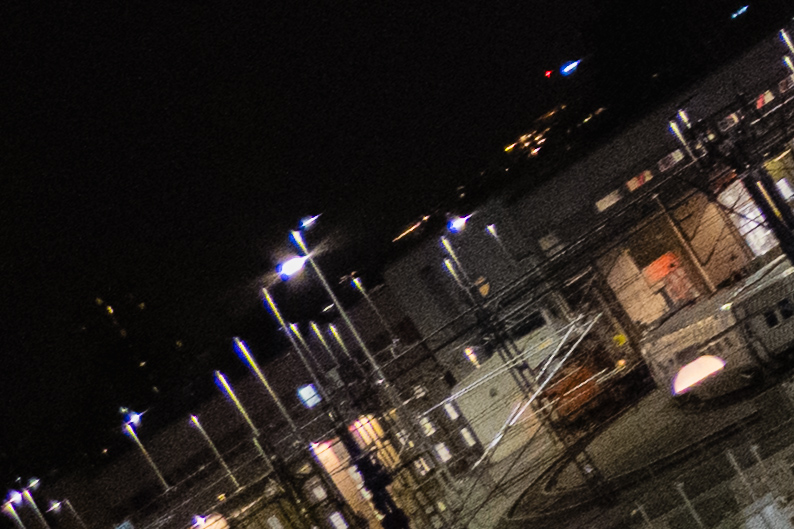
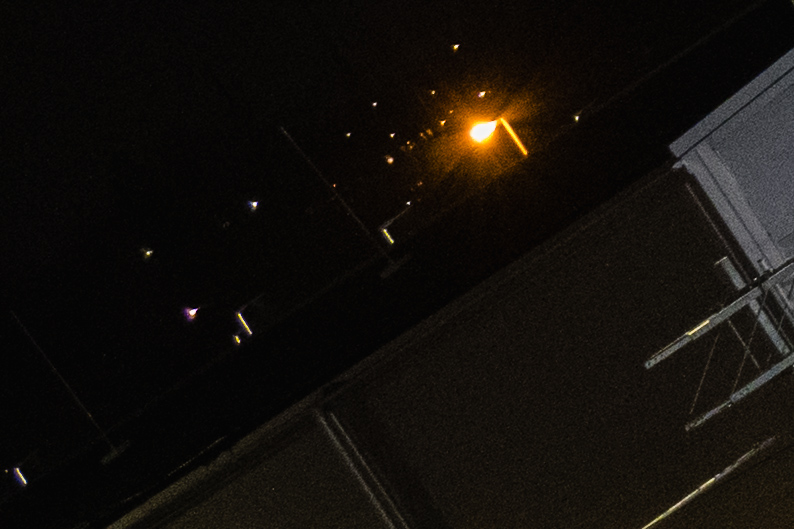
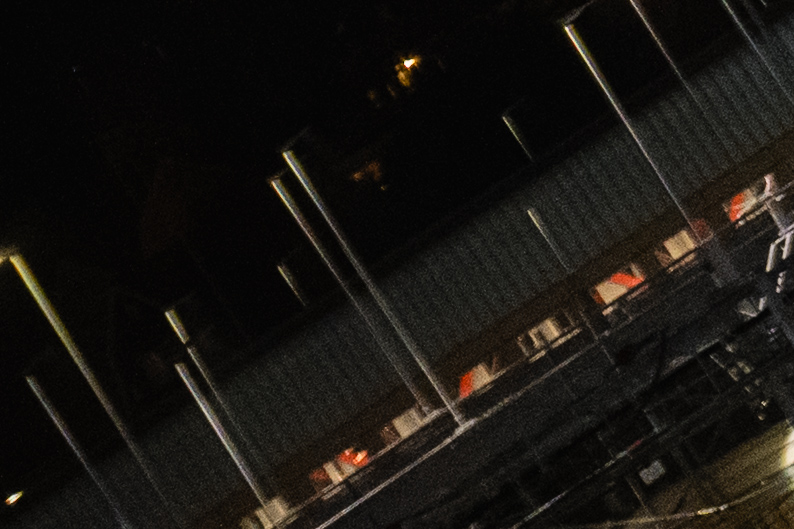
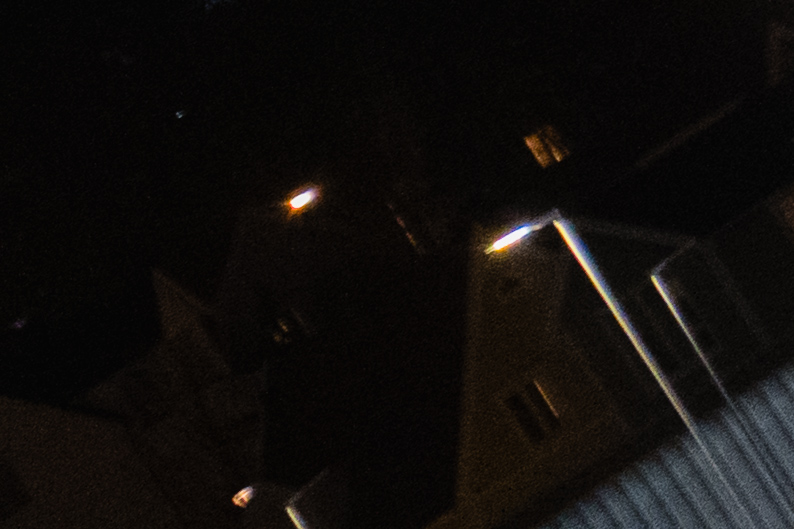
More or less on par with the 24-70mm F4, making it a draw.
Sunstars
The Nikon Z 24-120/4 is able to create nice sunstars at smaller apertures starting from F8. The smaller the aperture the more distinct stars with longer rays.
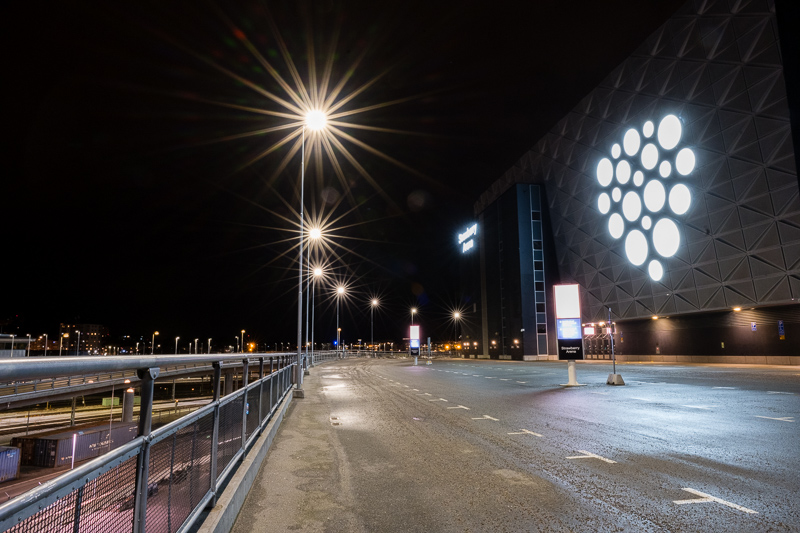
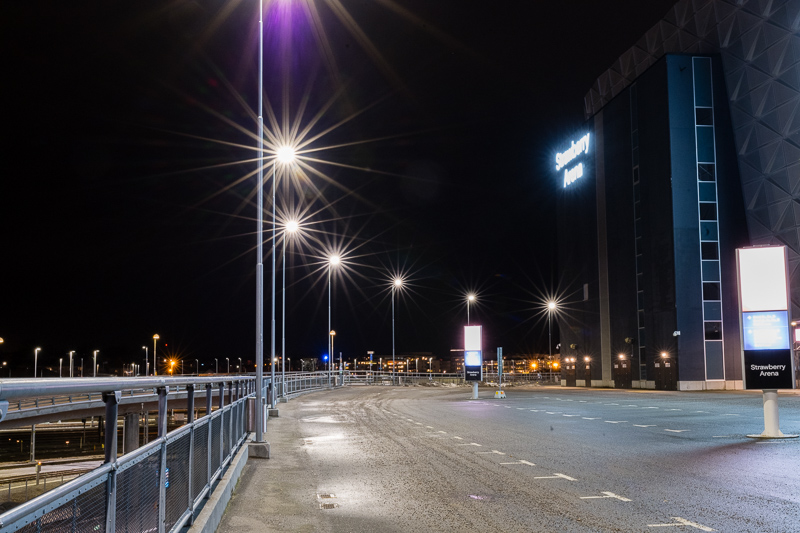
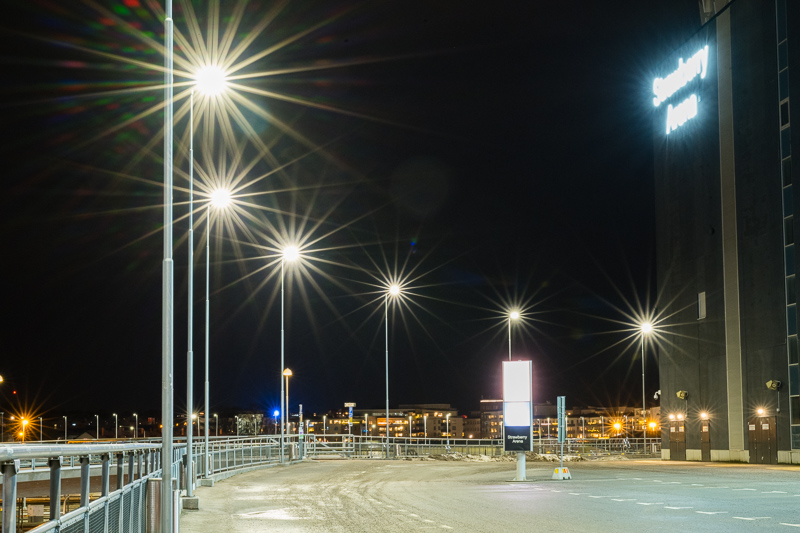
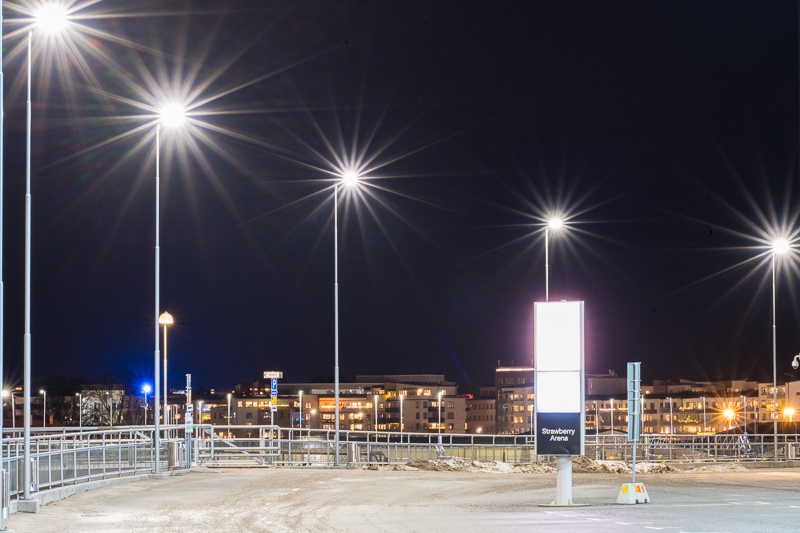
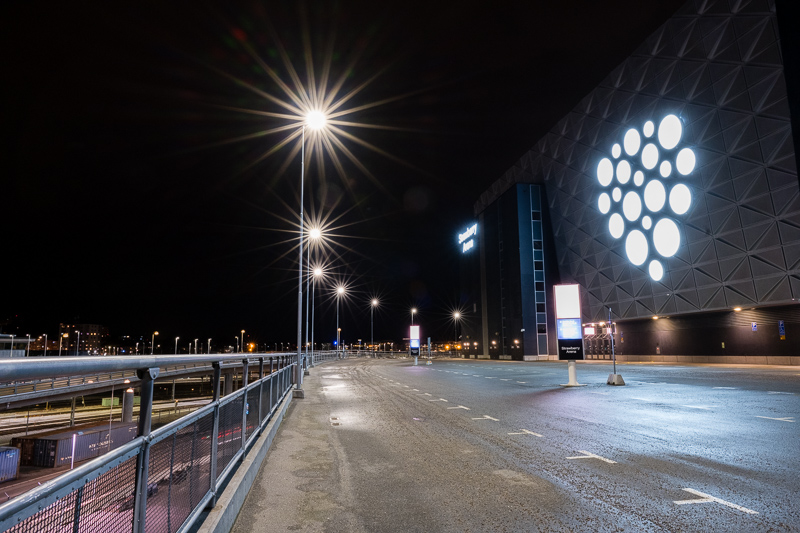
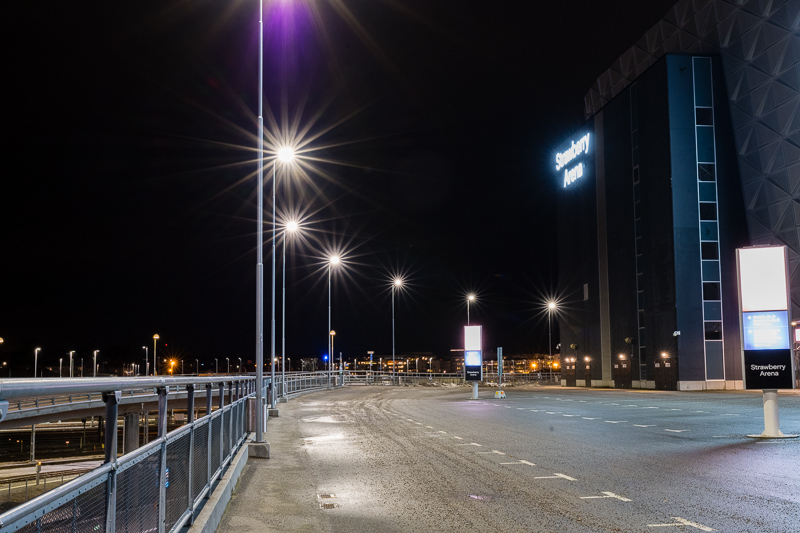
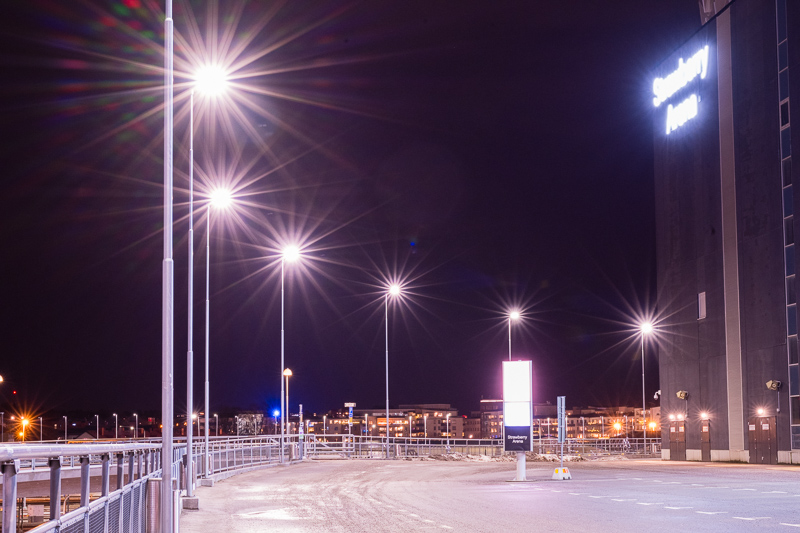
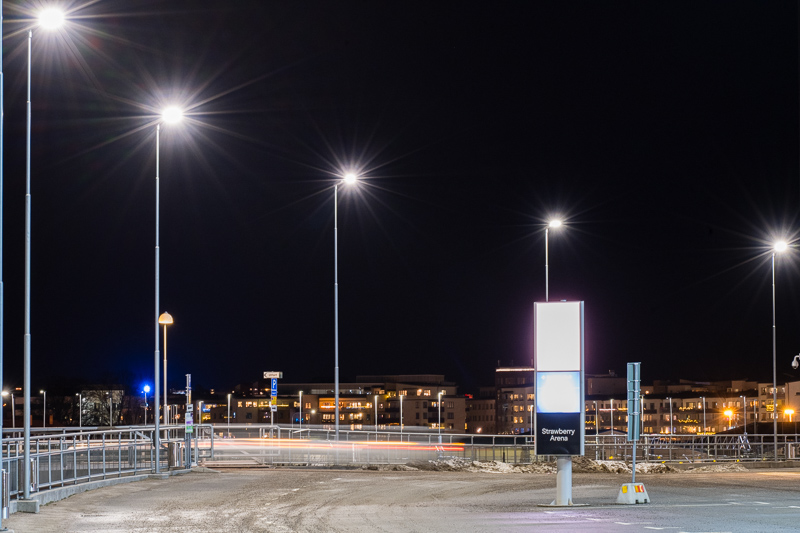
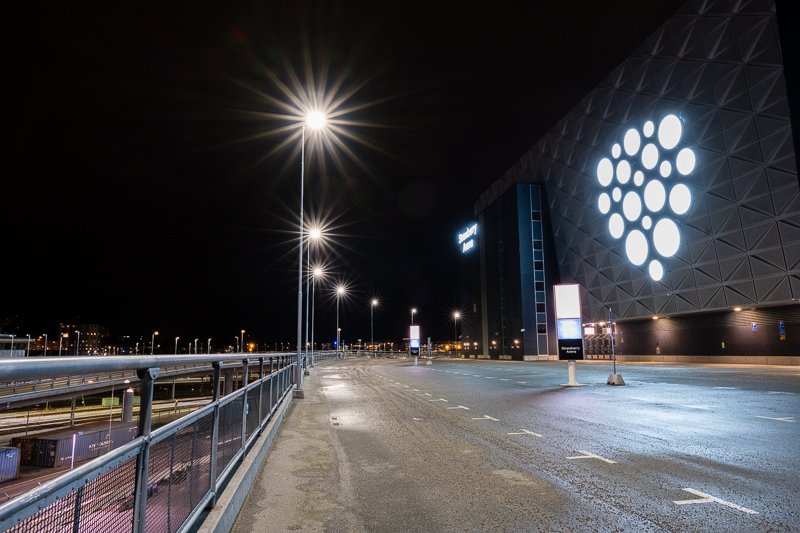
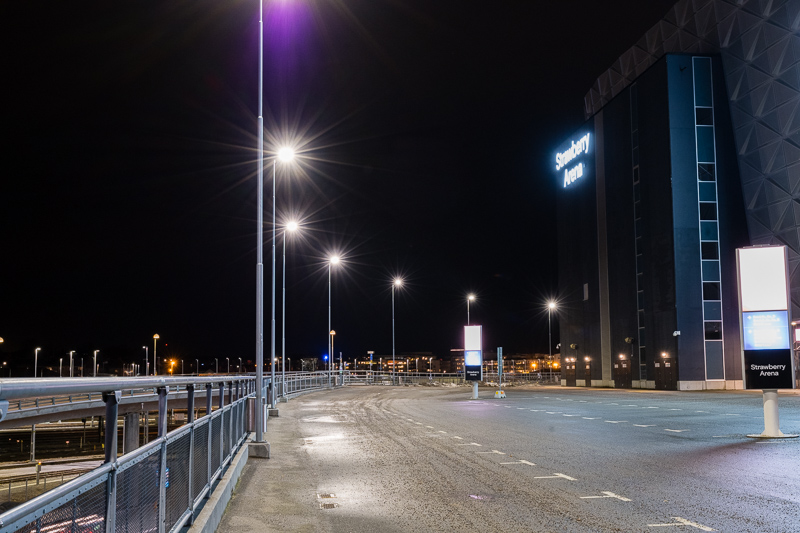

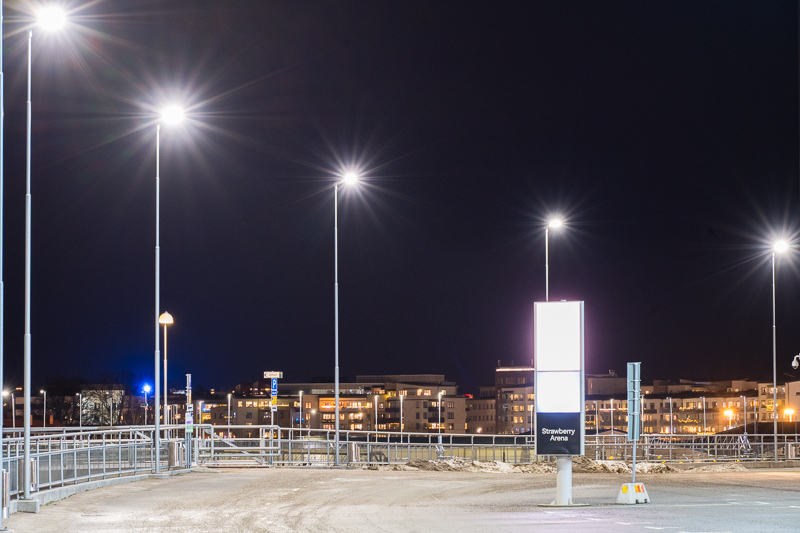
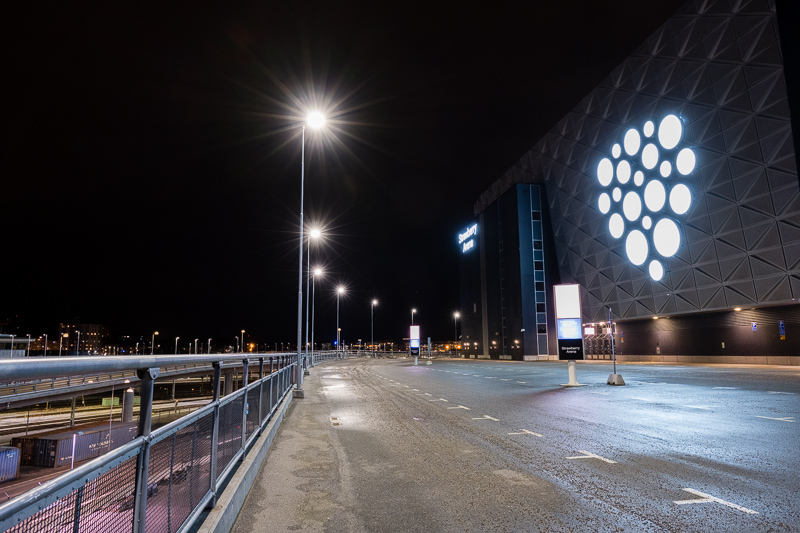
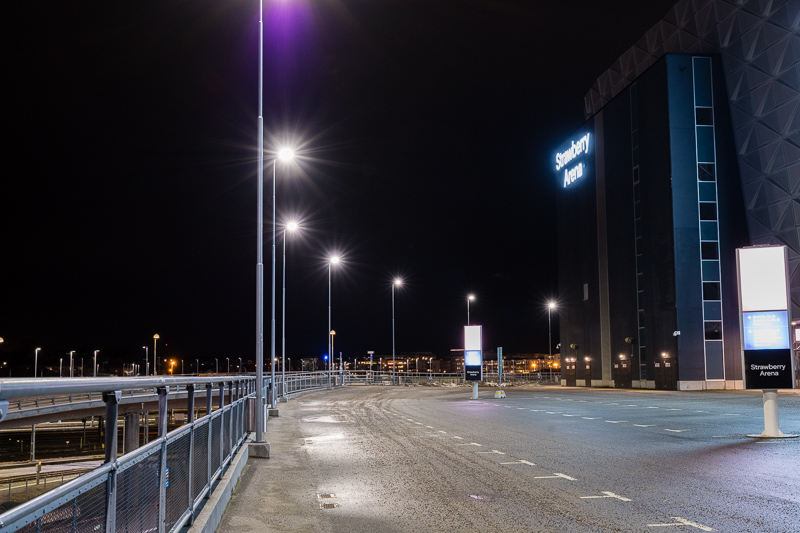
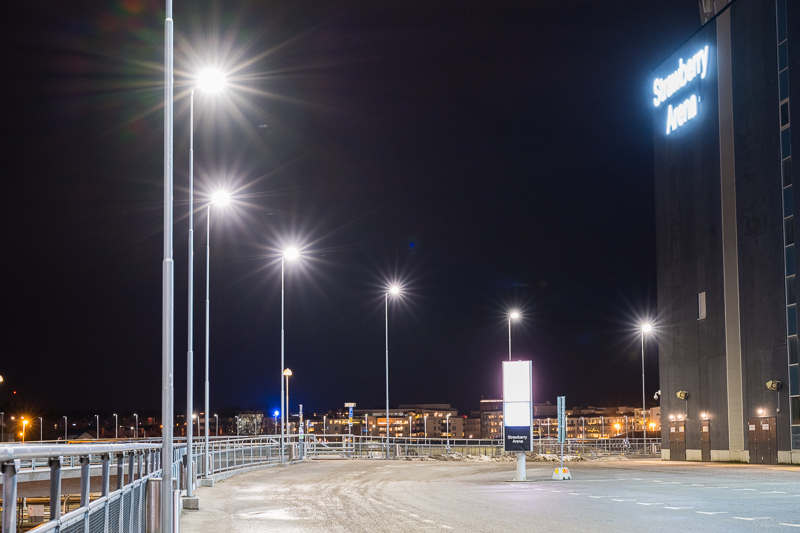
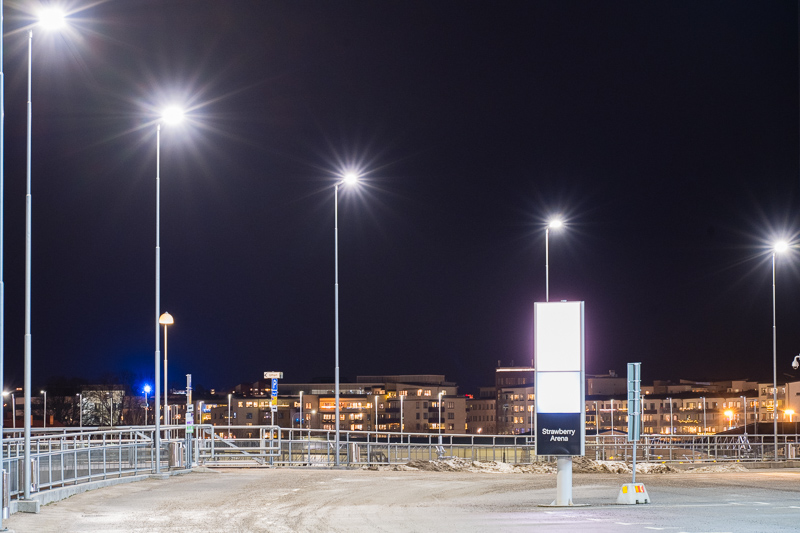
In this category the 24-120mm f/4 wins as it has nicer and more distinct stars than the 24-70mm f4.
Focus Breathing
The Nikon Z 24-120/4 S has an excellent control of focus breathing, there is almost none. This is good news for film makers. the Z 24-70/4 S had as good performance here, making it a draw here.
Bokeh
A 24-120mm f/4 is not a lens you choose if your priority is nice and creamy bokeh and we should not put a lot of weight on this characteristic. Nevertheless, we look at it. First the bokeh itself.
Well, at 24mm and 40mm the specular highlights have a polygonal shape. furthermore there is a texture visible in the highlights. The transitions are not very soft either.
Let’s take a look at some sample photos with the subject at different distances!
Short Distance
Mid-Distance
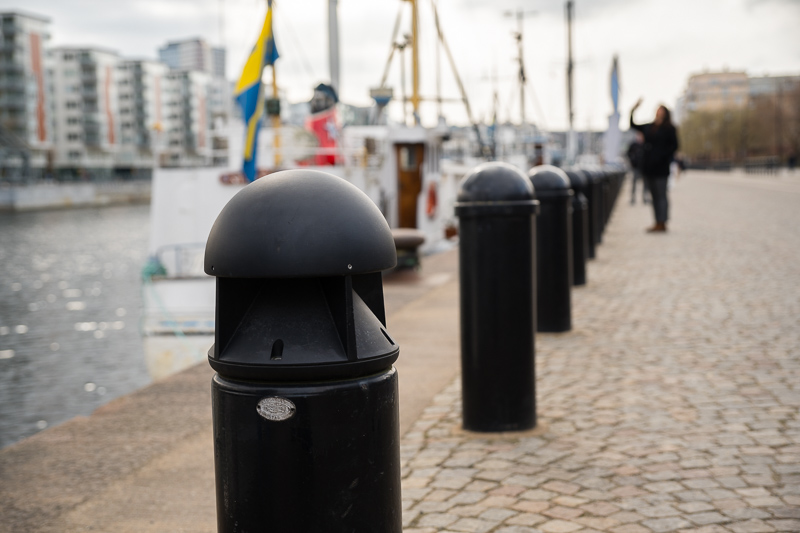
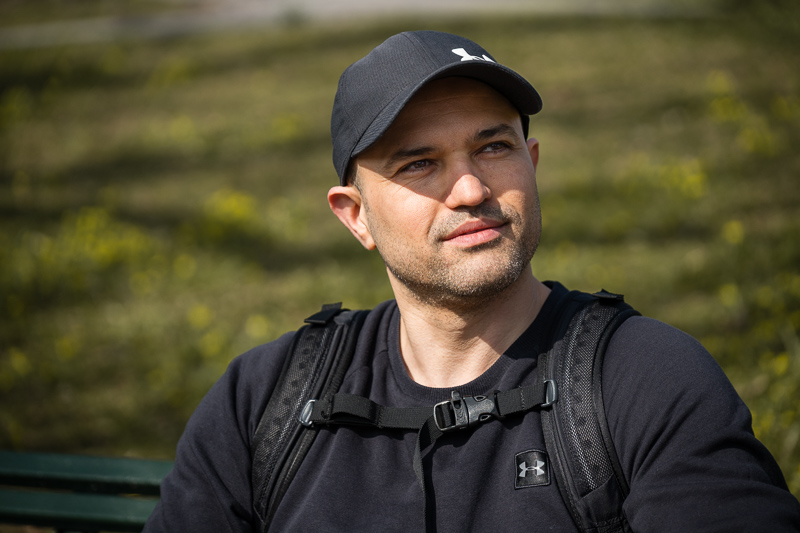

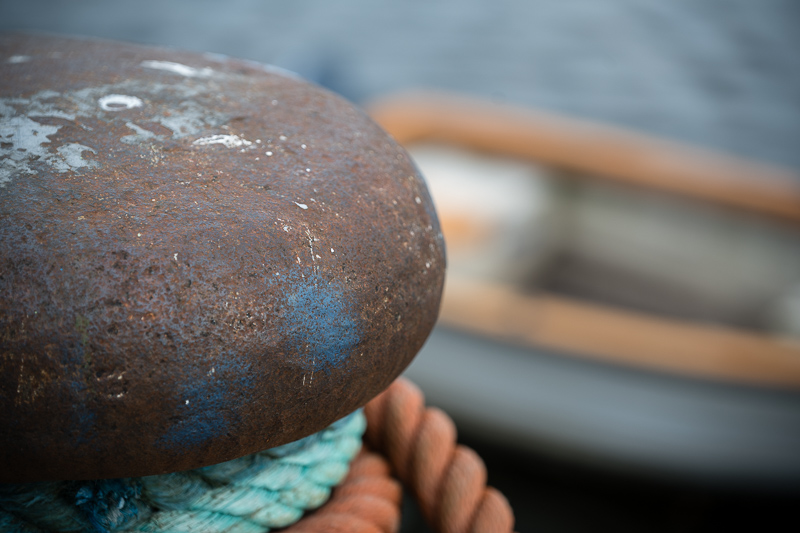

Long Distance
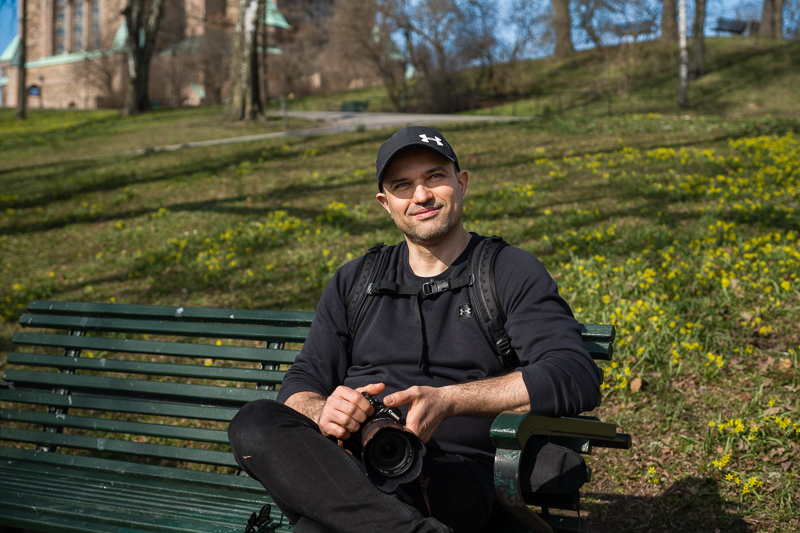
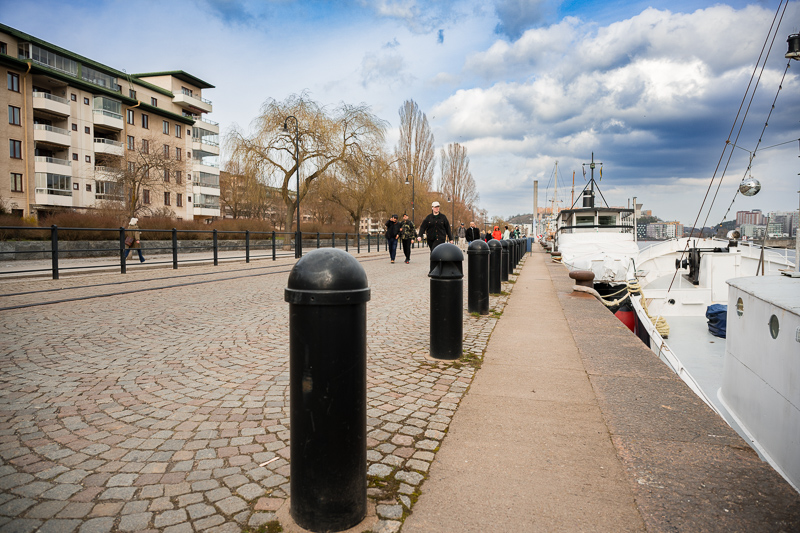


If you get up real close and use f/4 at a focal length between 85mm and 120mm, you can blur the background into a soft wash — otherwise, it’s quite difficult. The background blur is a bit too busy for my taste, though of course, bokeh is always in the eye of the beholder.
In this regard, the 24–70mm f/4 does a better job, even if it’s not a bokeh monster either.
Conclusion
| I LIKE | AVERAGE | I DON’T LIKE |
| Zoom range Sharpness Chromatic aberrations Flare resistance Focus breathing Coma correction Build quality Sunstars |
Vignetting + Bokeh – Size & weight + |
Distortion |
The Z 24-120mm f/4 is almost everything you could want in a standard zoom for general use—landscape, travel, and everyday photography. It even works well for portraits at the telephoto end. Like its smaller sibling, the Z 24-70mm f/4 S, it has a lot going for it, as shown in the table above, and very little to complain about. The only real issue I found was distortion, but it’s hardly noticeable in normal use. Had I not tested it by converting the raw files in third-party software and deliberately disabled the profile correction, even the distortion would have ended up in the first column. That said, the aggressive distortion correction does have a small negative impact on corner sharpness. It’s a great choice for anyone looking for a one-lens solution, covering nearly all the focal lengths you’d need for travel.
Like the 24-70mm f/4, it’s a premium lens, but with a longer zoom range—for just $100 more, when bought new.
So which one should you choose? The 24-120mm is more versatile thanks to its extended zoom range. It also offers more customisation options, like the extra control ring and the L-Fn button. In terms of sharpness, both are excellent—this lens has the edge in some areas, while the 24-70mm is slightly better in others. The 24-120mm also offers higher magnification at the long end, making it even better than already great 24-70 for small subjects. It produces nicer sunstars as well.
On the flip side, the 24-70mm is lighter and much more compact for transport. It is slightly sharper at smaller apertures, and it doesn’t have the purple fringing issue at 24mm and it has a nicer bokeh with slightly better flare resistance. It’s also a bit cheaper new, and significantly cheaper used, since many were sold as kit lenses over a long period, making a used sample great value for money.
Price aside, I personally prefer the 24-70mm for landscapes—especially when I need to walk for a long time or carry multiple lenses in my bag. I also prefer it as a lightweight, compact companion for hiking and travel. But the 24-120mm, thanks to its extra reach, is more versatile with nearly the same optical quality, making it a slightly better pick for those who take more portraits with the same lens and are more towards event photography like wedding or birthday parties or want a true do-it-all lens. That said, you really can’t go wrong with either.
Writing articles like this one is both time-consuming and costs us a lot of money. If you found this article helpful and decided to buy one of these lenses, please consider using one of the affiliate links.
If you are not interested in buying any of the lenses, but you still found this article useful, interesting, or it saved you a lot of money, treat us to a coffee (donate)!
| Buy new: B&H, Amazon (anywhere) for $ (Affiliate links) Buy used: eBay.com, ebay.de, ebay.co.uk from $670 (Affiliate links) |
Alternatives
NIkon Nikkor Z 24-70mm f/4 S
Buy new : Amazon (anywhere), for $997 (Affiliate links)
Buy used: eBay.com, eBay.de, eBay.co.uk from $400 (Affiliate links)
Nikon Z 28-75mm f/2.8
Buy new: amazon (anywhere) for $896 (Affiliate links)
Buy used: ebay.com, ebay.de, ebay.co.uk, from $570 (Affiliate links)
Nikon Z 24-120mm f/4 S
Buy new: amazon (anywhere) for $1097 (Affiliate links)
Buy used: ebay.com, ebay.de, ebay.co.uk, from $775 (Affiliate links)
Nikon Z 24-70mm f/2.8 S
SBuy new: amazon (anywhere) for $1597 (Affiliate links)
Buy used: ebay.com, ebay.de, ebay.co.uk, from $1370 (Affiliate links)
More Sample Images

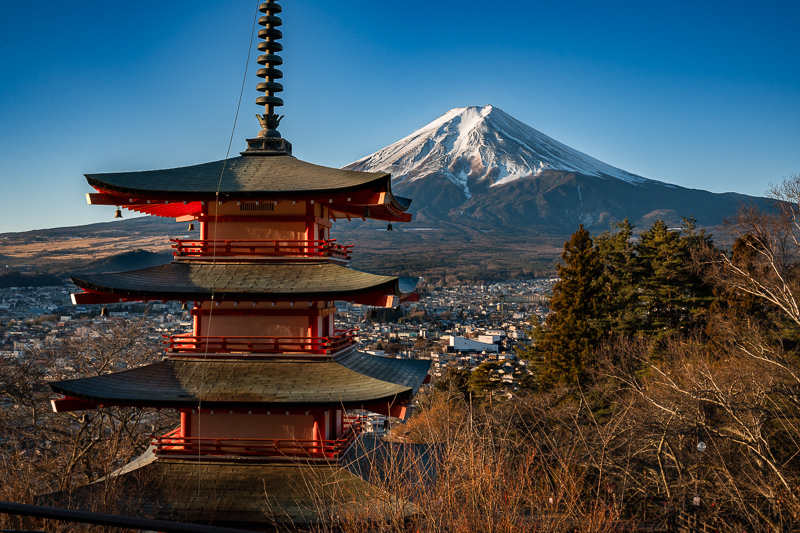
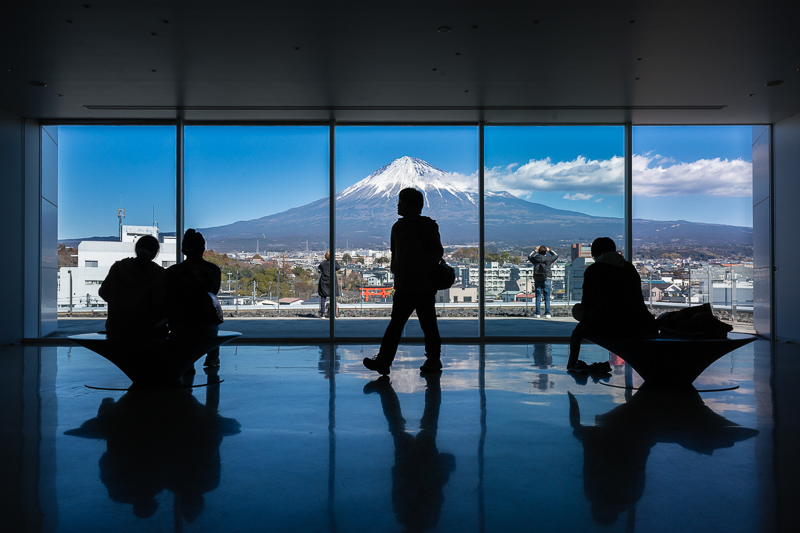
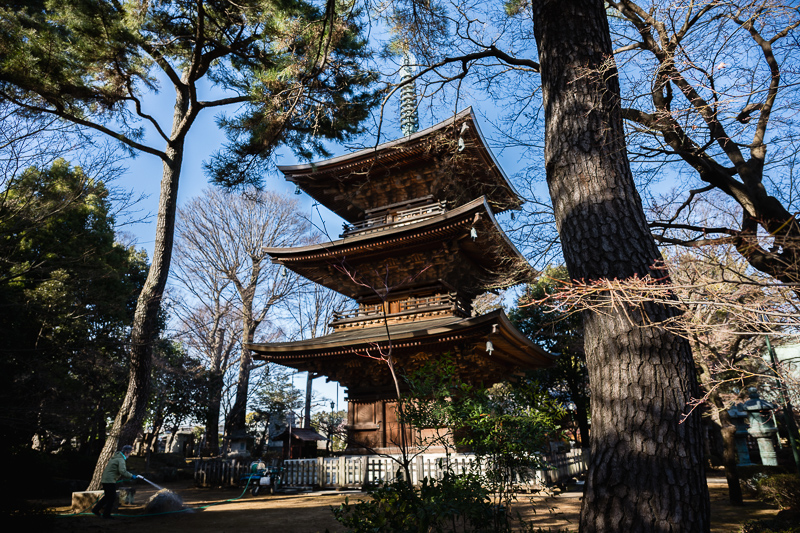
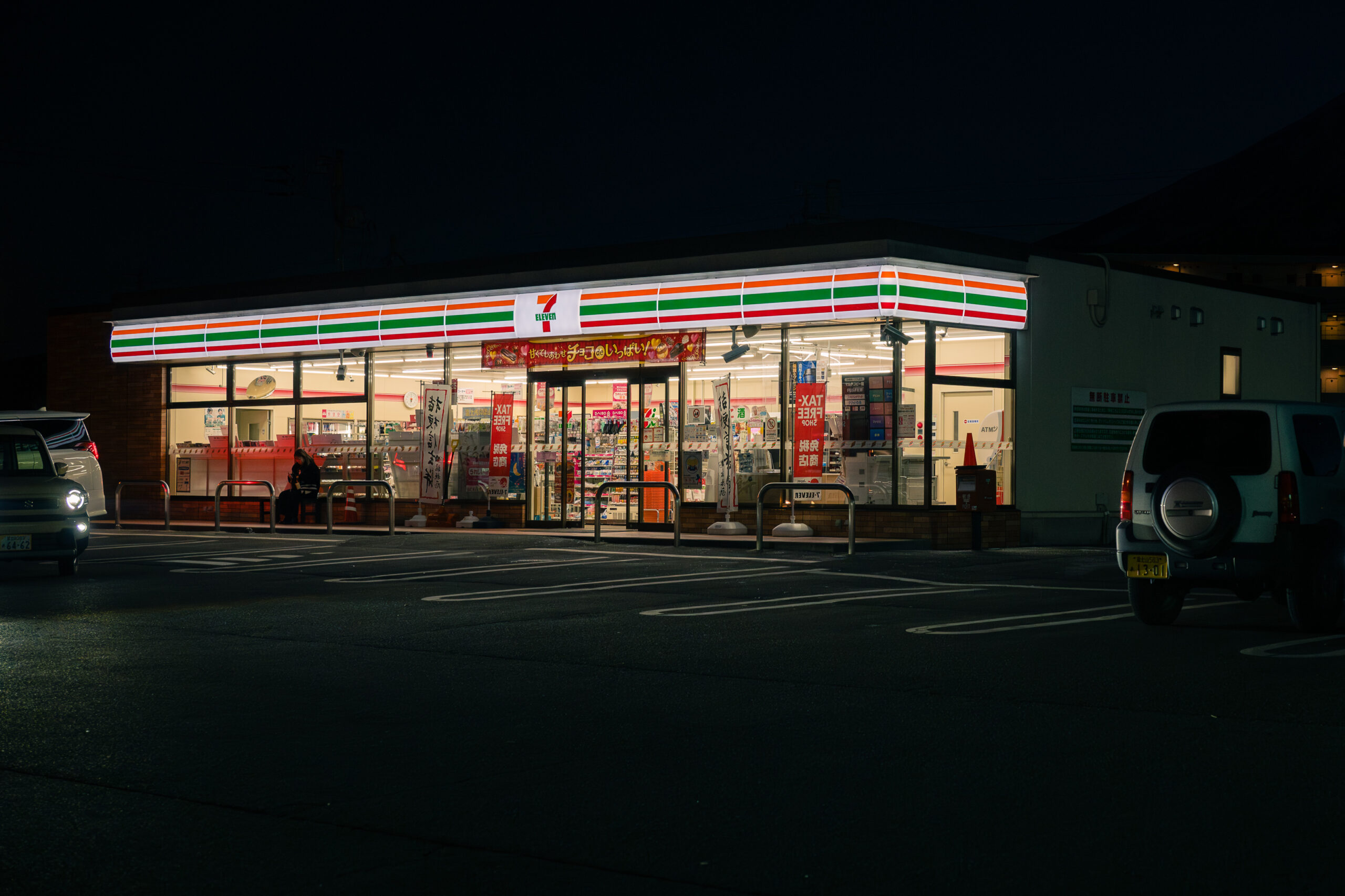

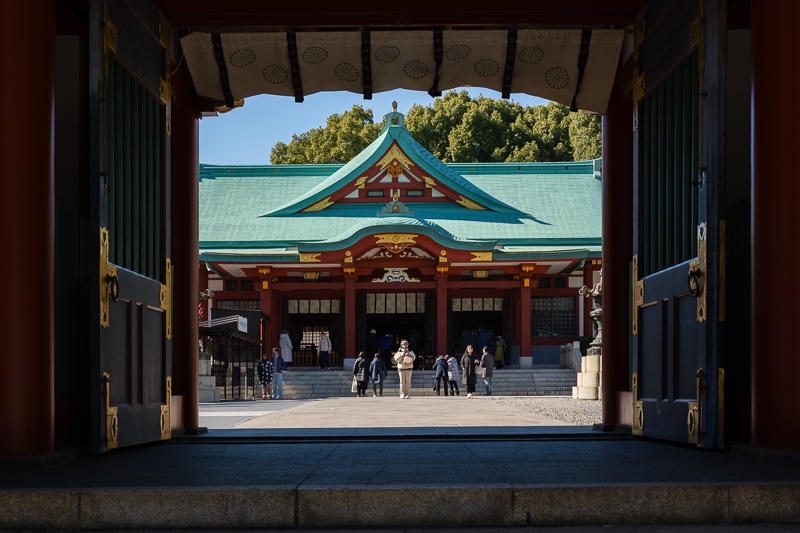

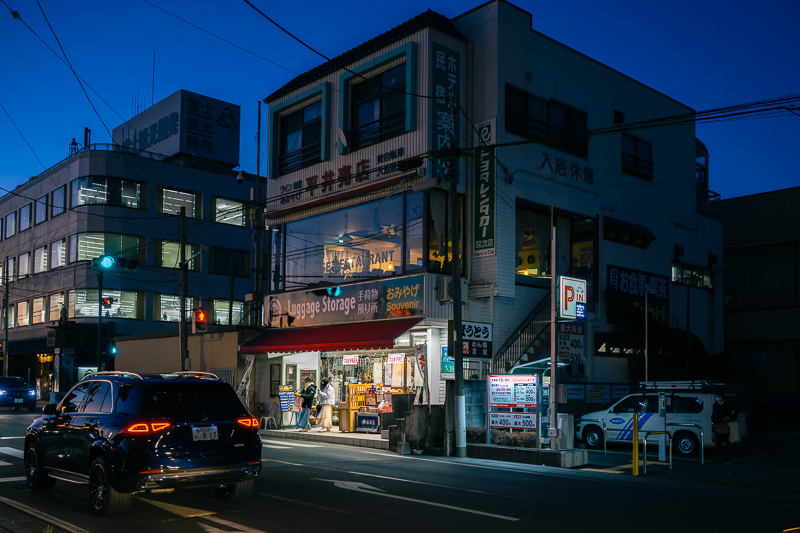

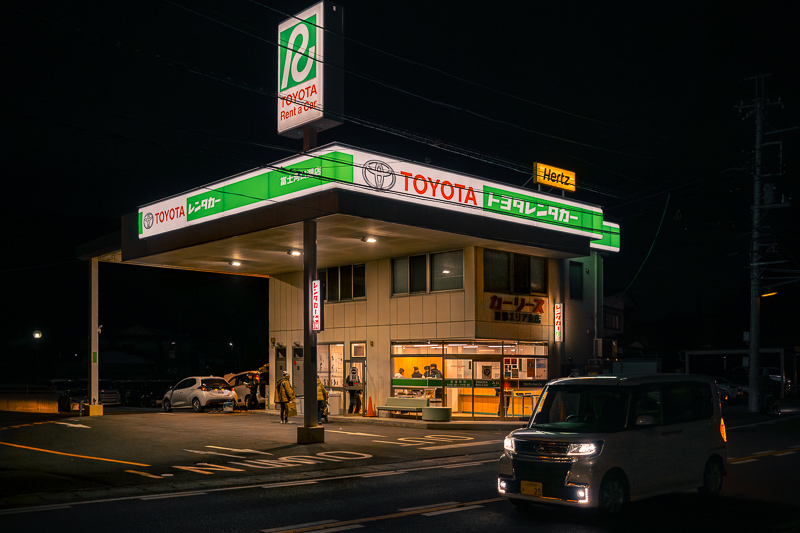
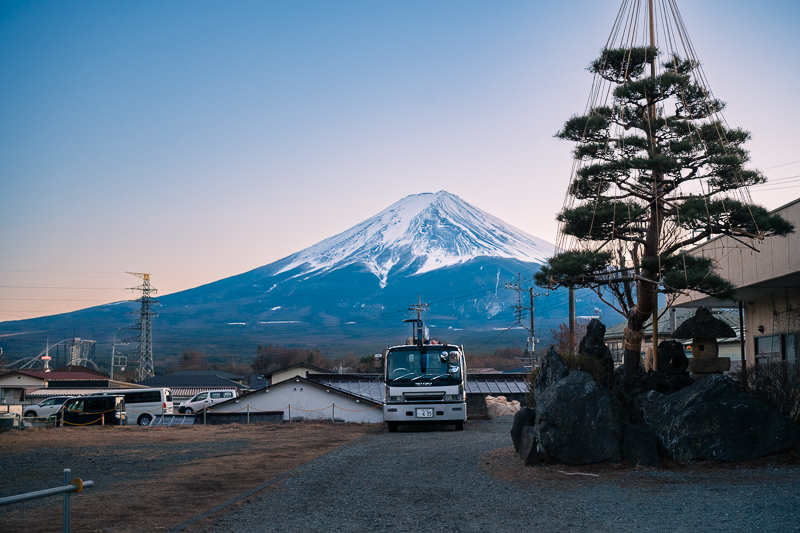
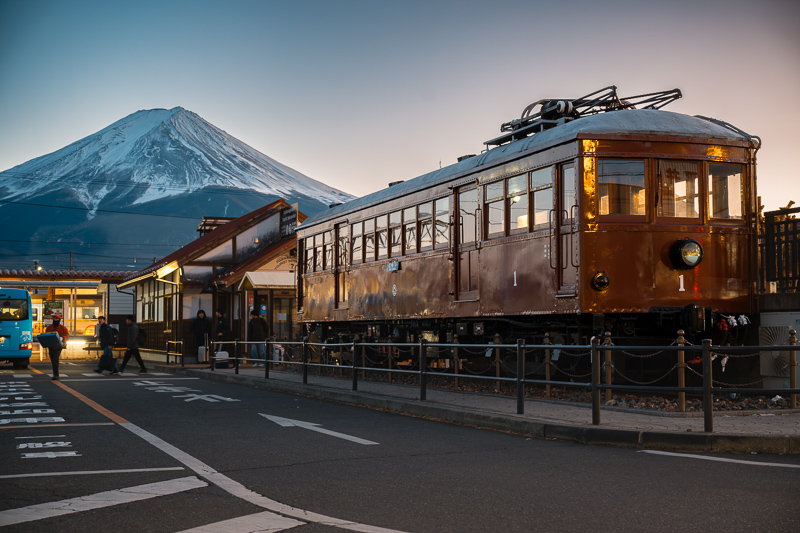
Most of the sample images in this review and many more can be found in higher resolution here.
Further Reading
What camera gear and accessories do I use most frequently?
Support Us
Did you find this article useful or did you just like reading it? It took us a lot of time and money to prepare it for you. Use the Donate button to show your appreciation!
![]()

(Donations via Paypal or bank card)
What’s in my camera bag? MY 2024 KIT!!
- Main camera : https://amzn.to/3TsGtKg
- Camera grip : https://amzn.to/4e0G3CR
- Memory Card 1: https://amzn.to/47pA20i
- Memory Card 2 : https://amzn.to/3XHYxlZ
- Camera 2 : https://amzn.to/3Xifou8
- Camera grip: https://amzn.to/4dYYpV9
- Memory card 1: https://amzn.to/4e5h2H0
- Memory card 2: https://amzn.to/3zu7W7n
- Small travel tripod: https://amzn.to/4goIX68
- Mini tripod: https://amzn.to/4e09XXX
- Small shoulder bag: https://amzn.to/47tPMiY
- Medium shoulder bag: https://amzn.to/4ej4bjY
This site contains affiliate links, for which I may receive a small commission if you purchase via the links at no additional cost to you. This helps support the creation of future content.
Martin
Latest posts by Martin (see all)
- Analogue Photography: Part 4 – Ilford HP5 Plus at a Historical Engine Factory - December 3, 2025
- REVIEW: 7Artisans AF 10mm f/2.8 (APS-C) - November 30, 2025
- REVIEW: 7Artisans AF 35mm f/1.8 - October 15, 2025
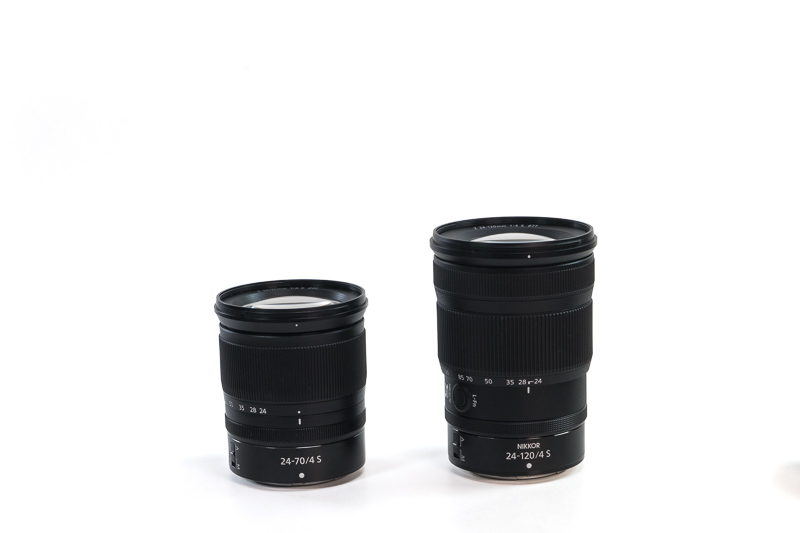
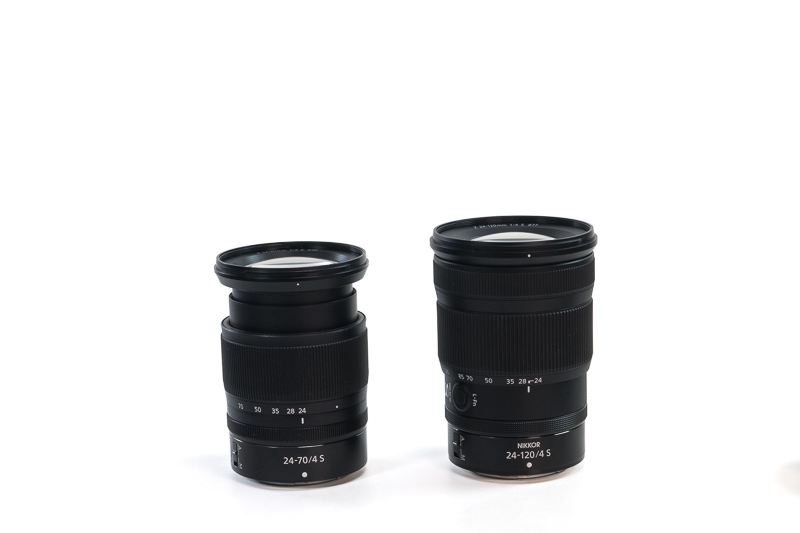
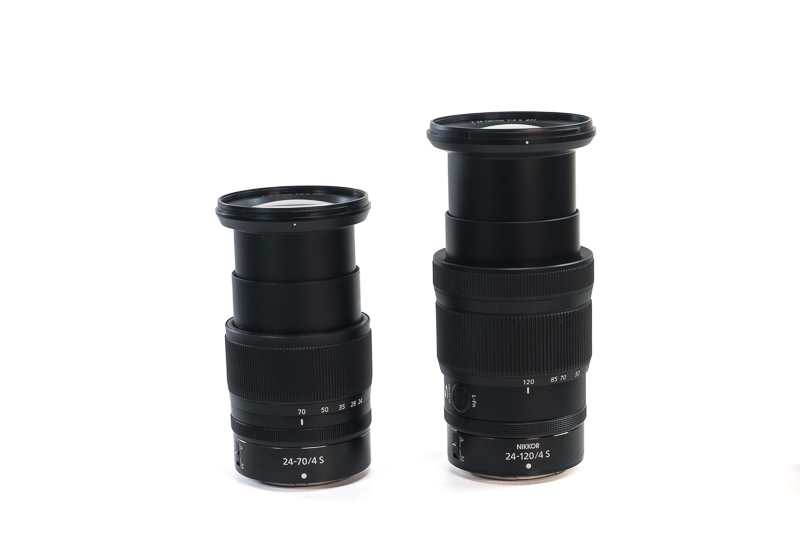
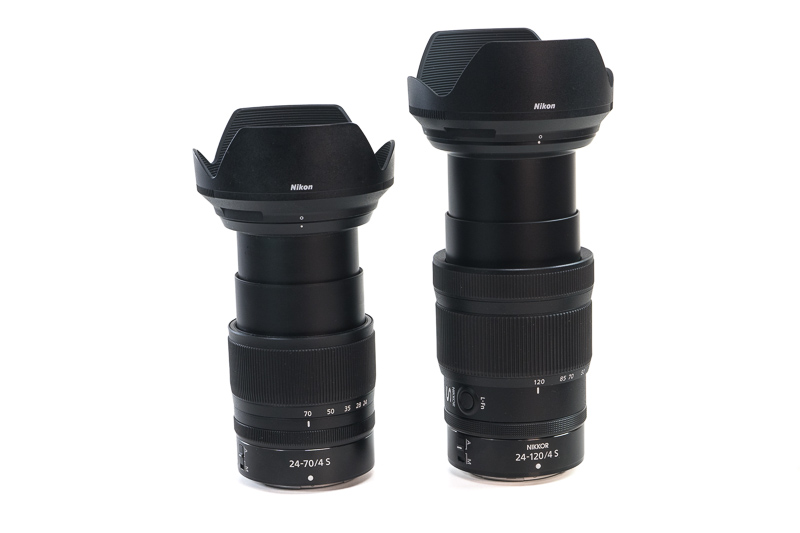
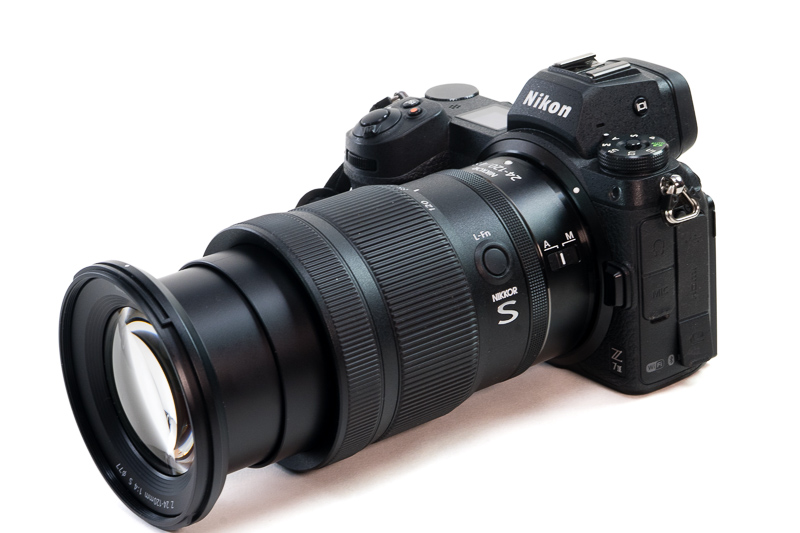

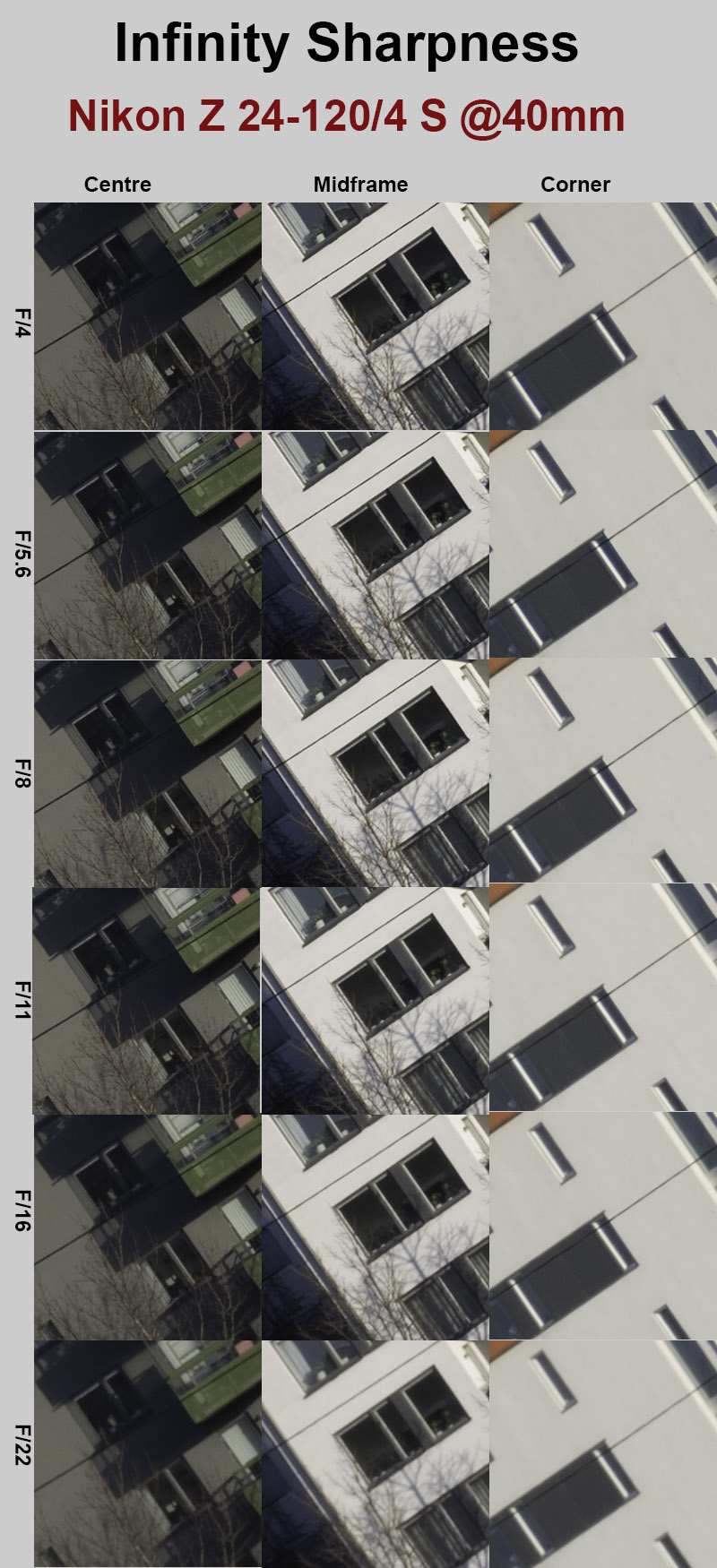
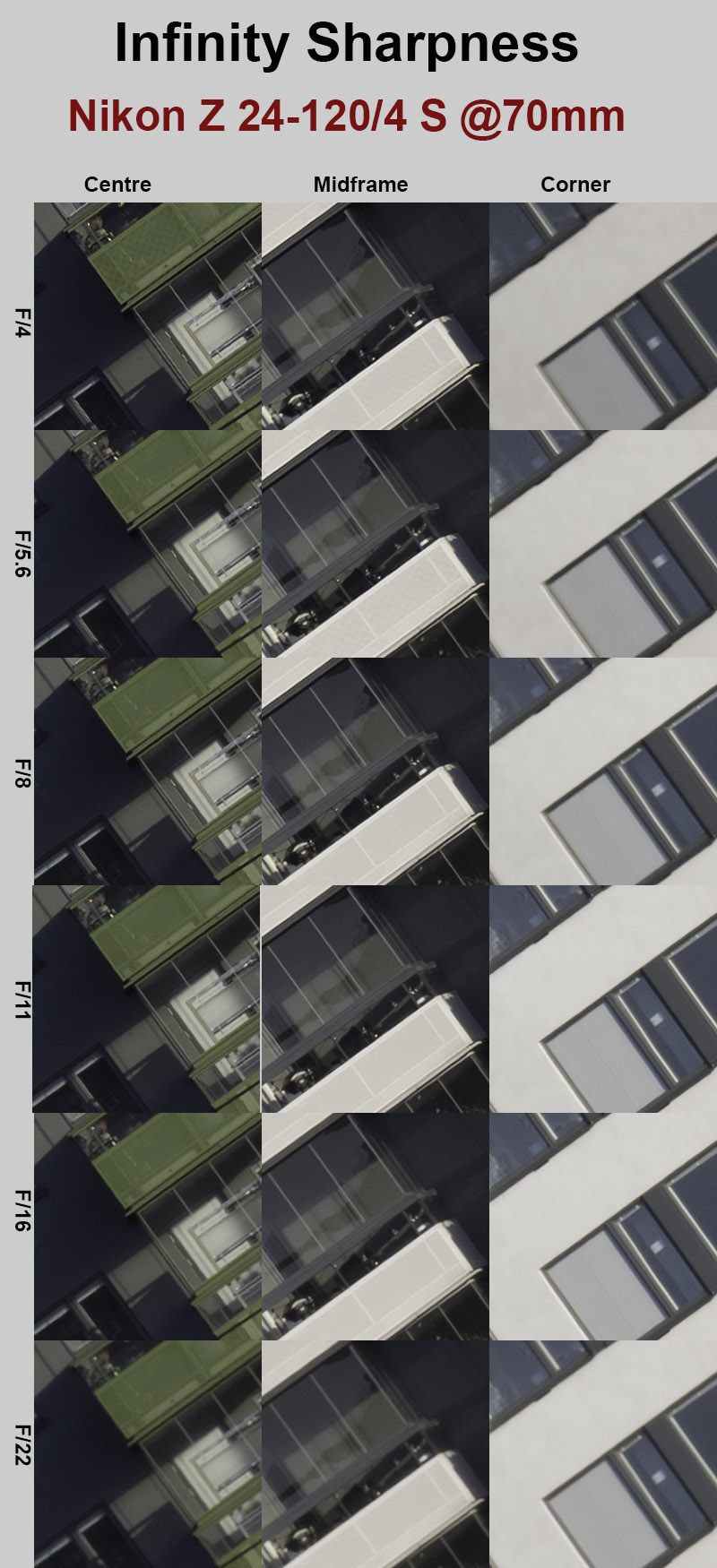
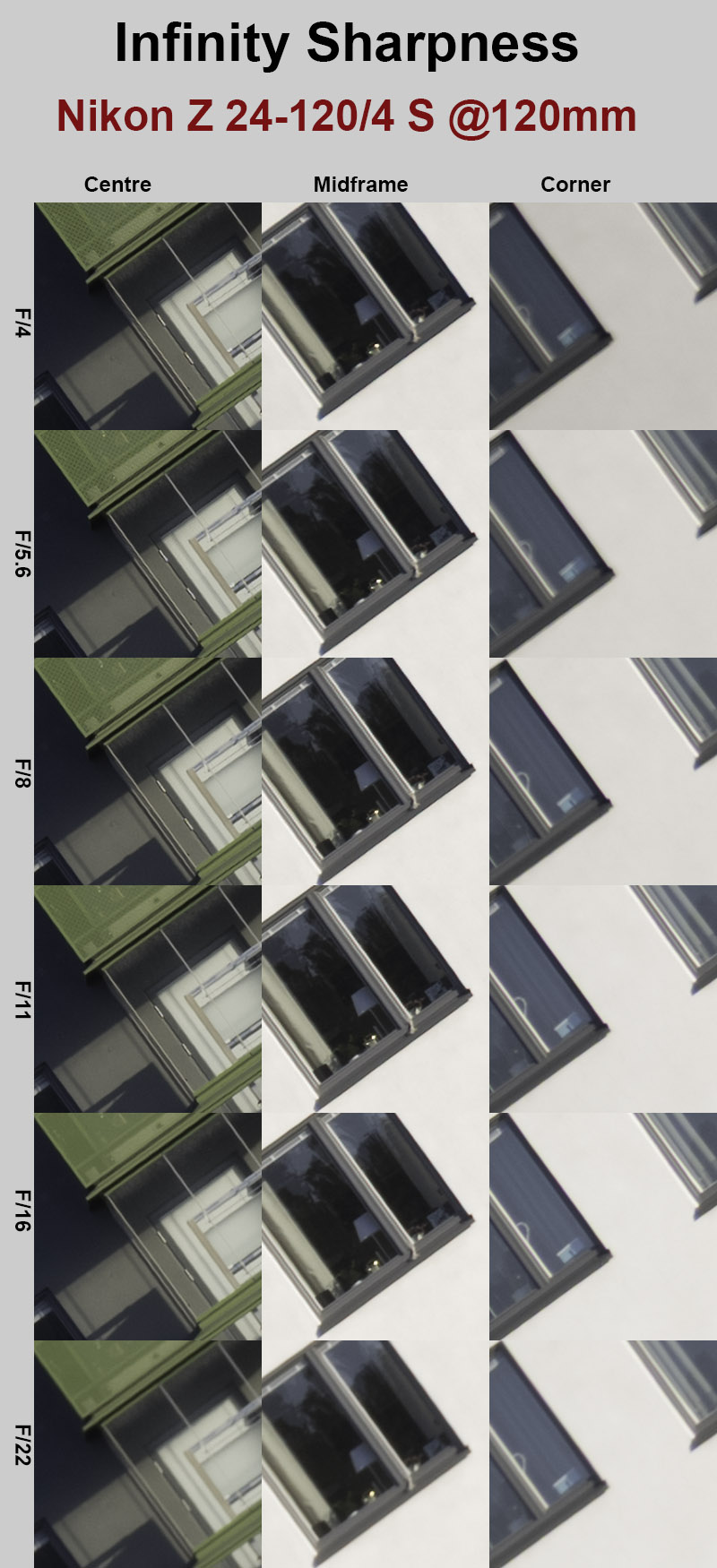
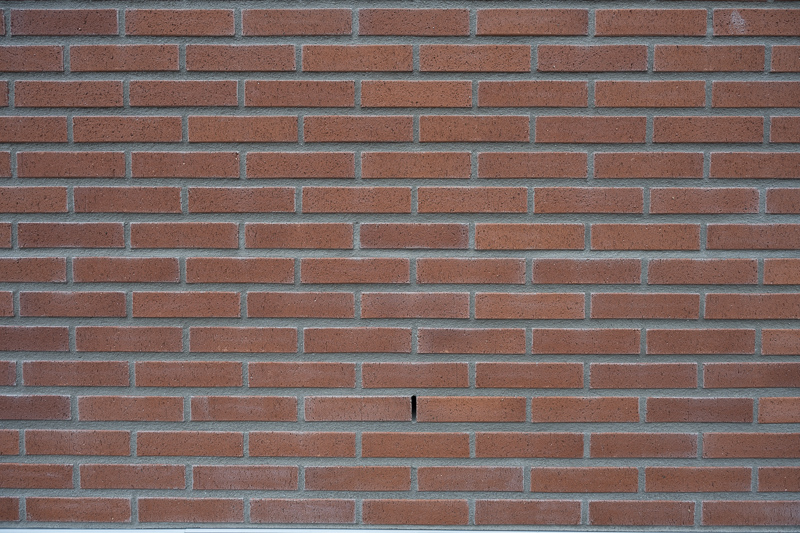
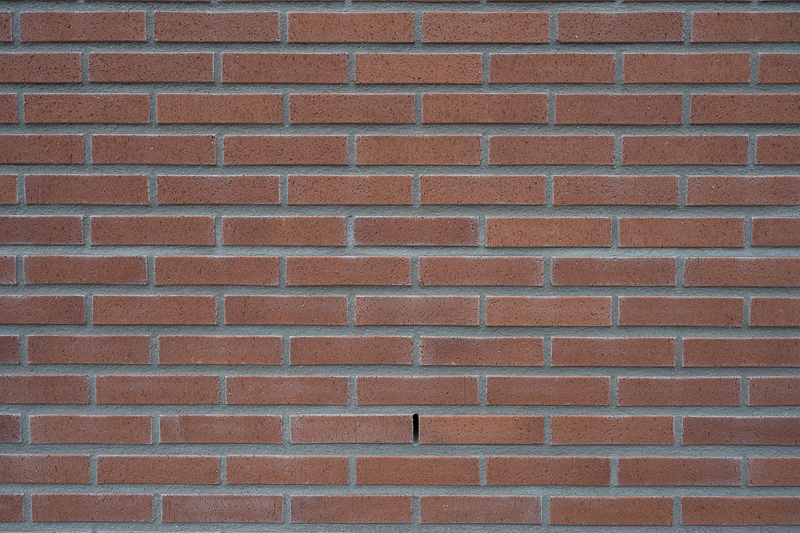
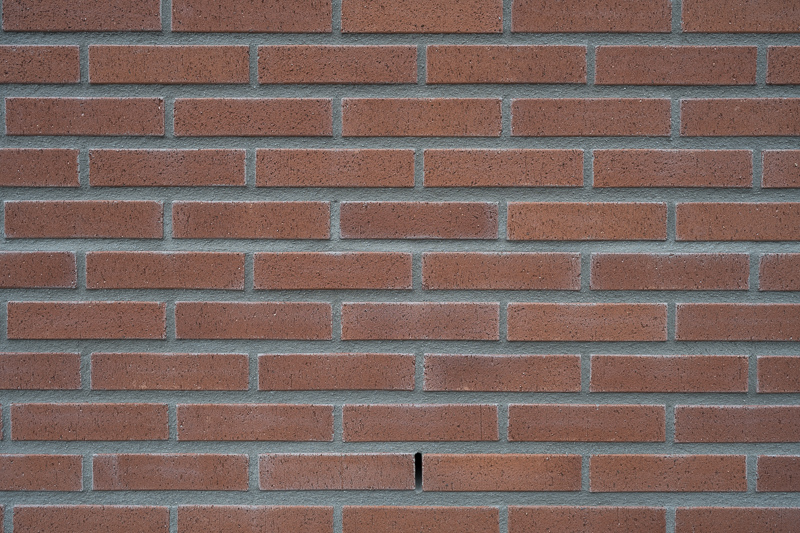

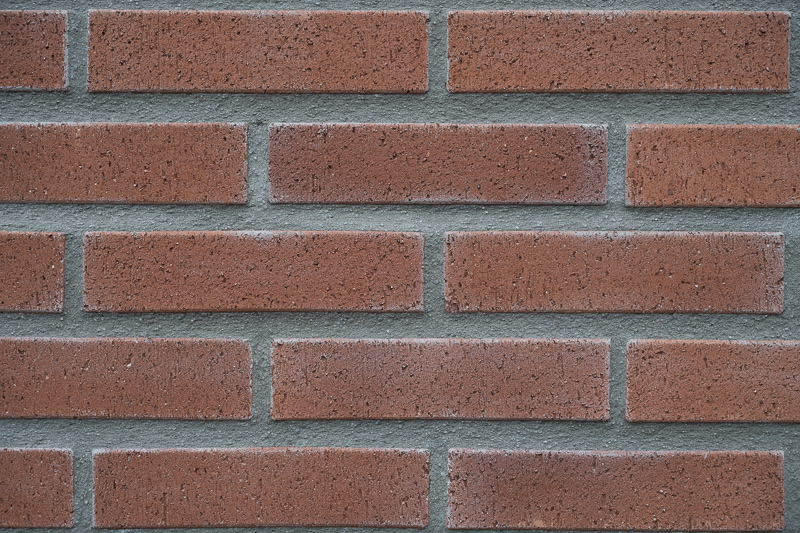
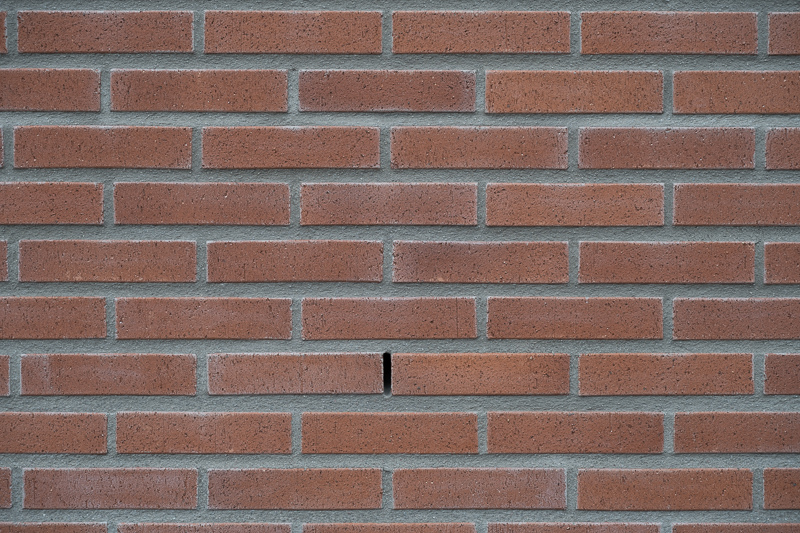
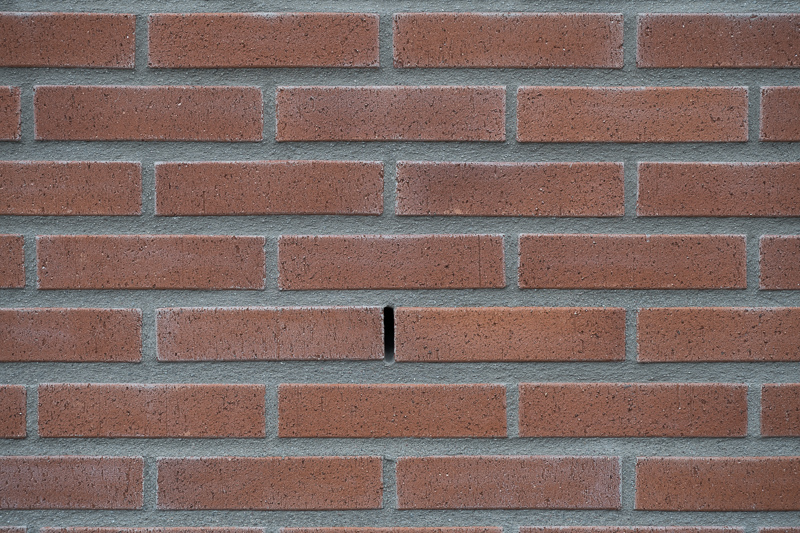
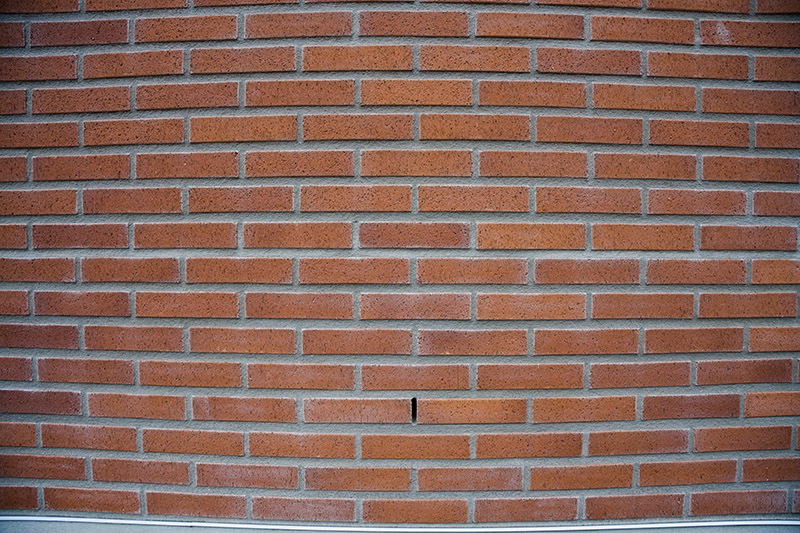
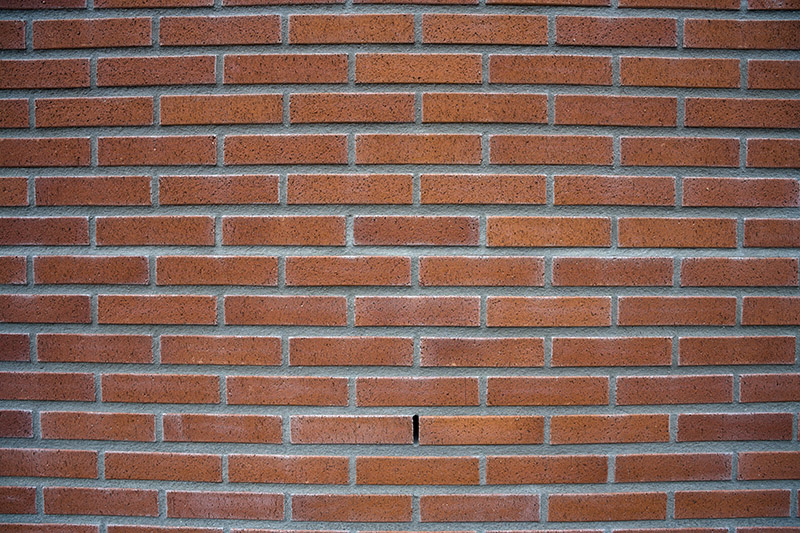

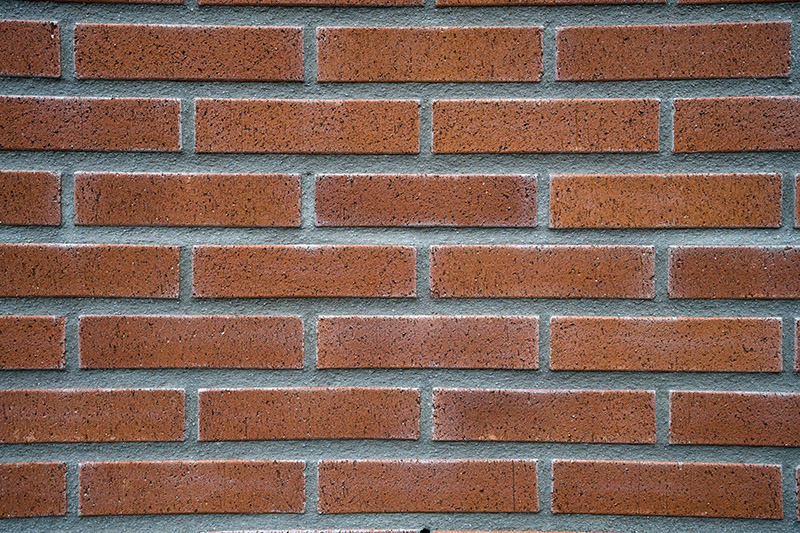
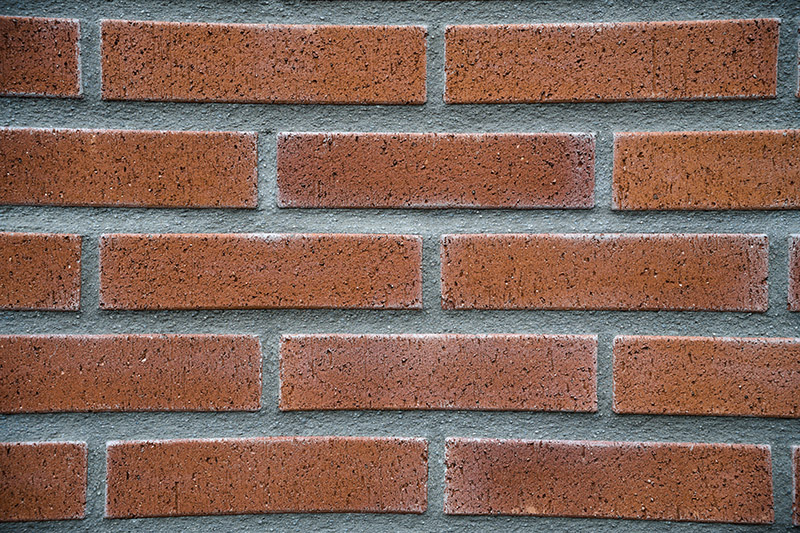
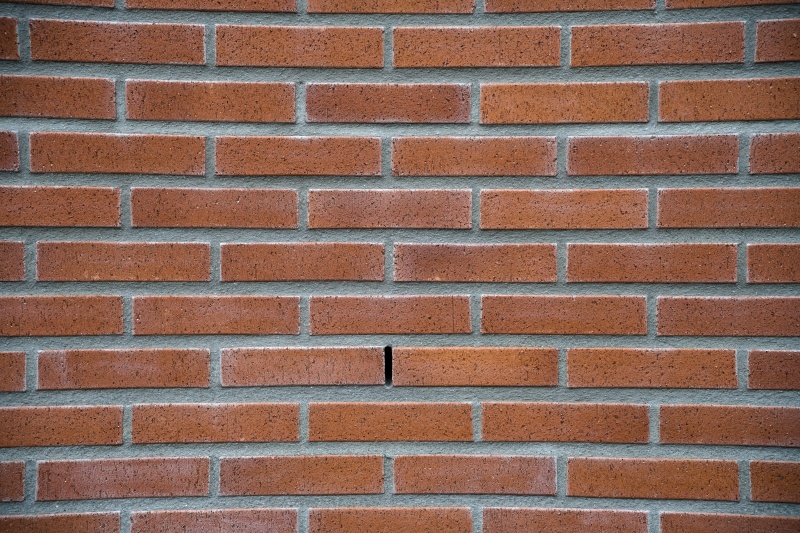
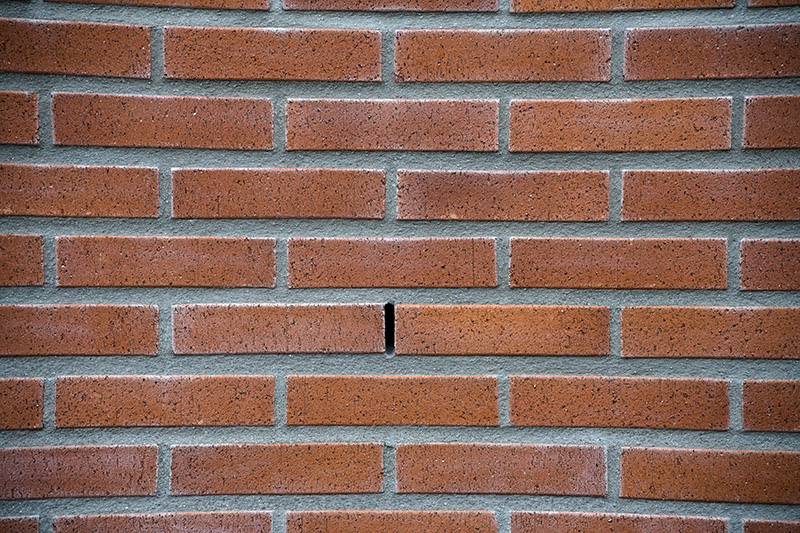

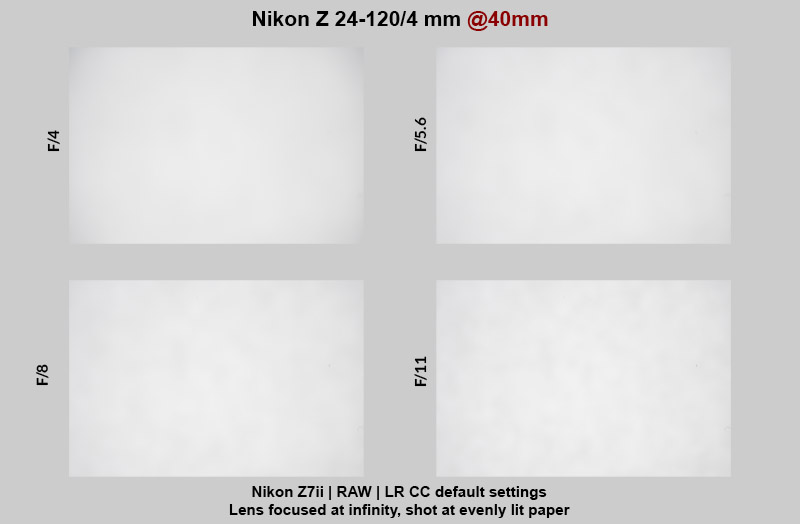
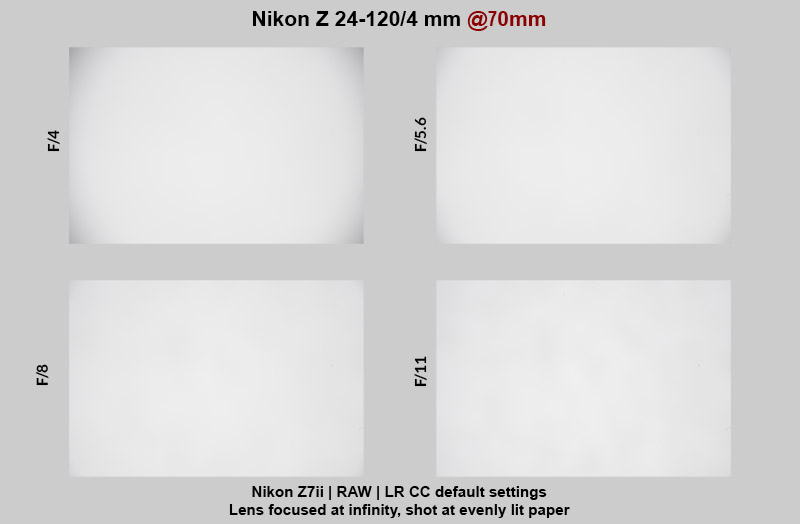
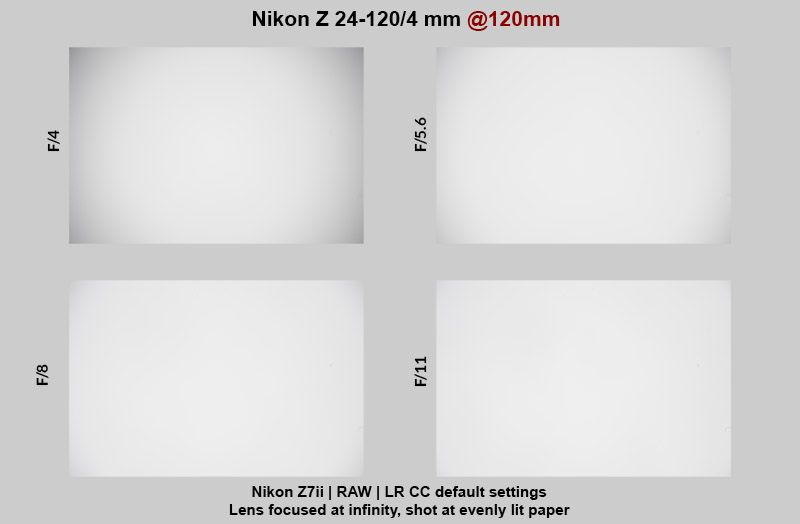
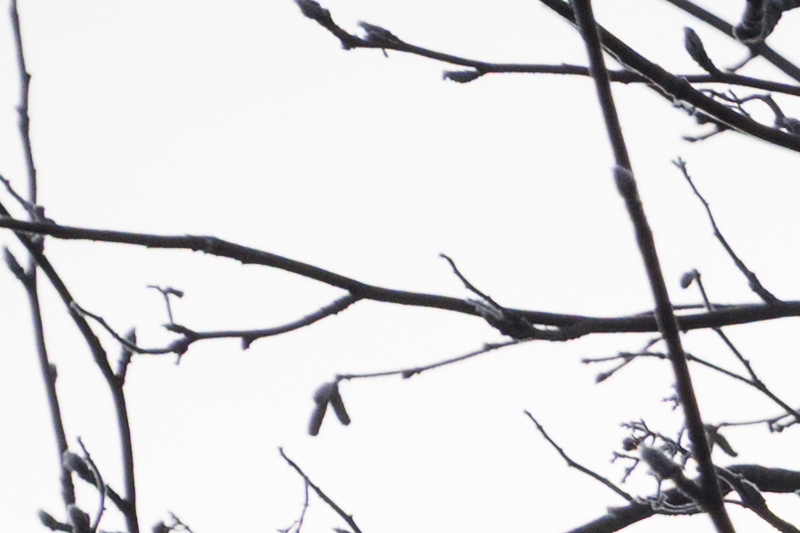
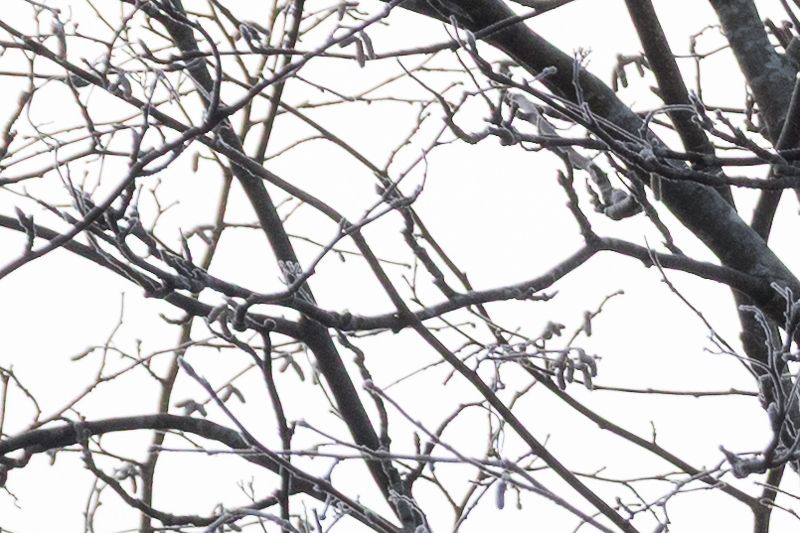
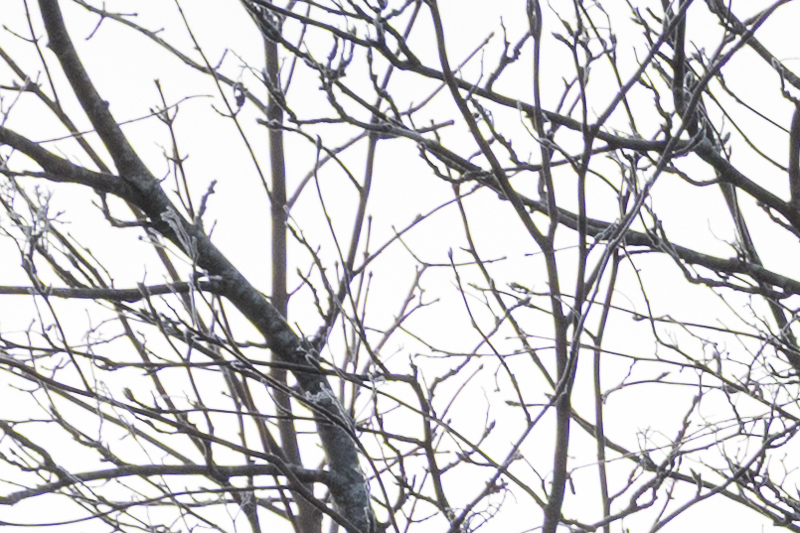
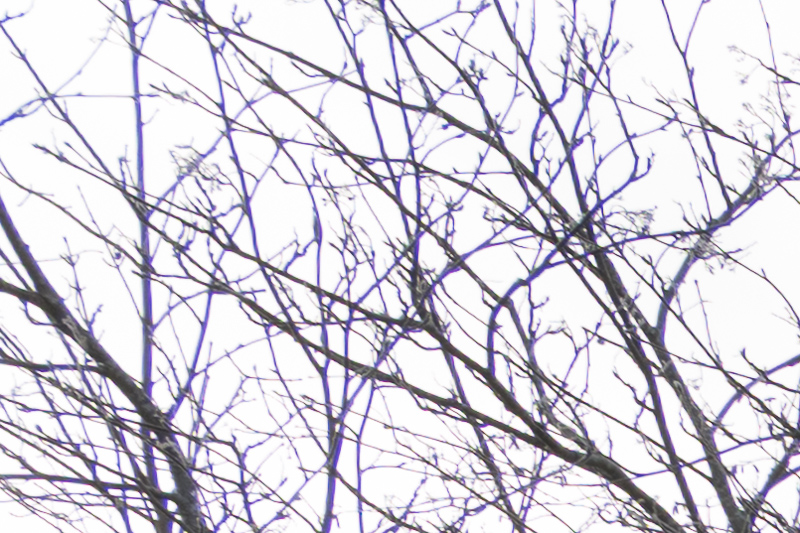
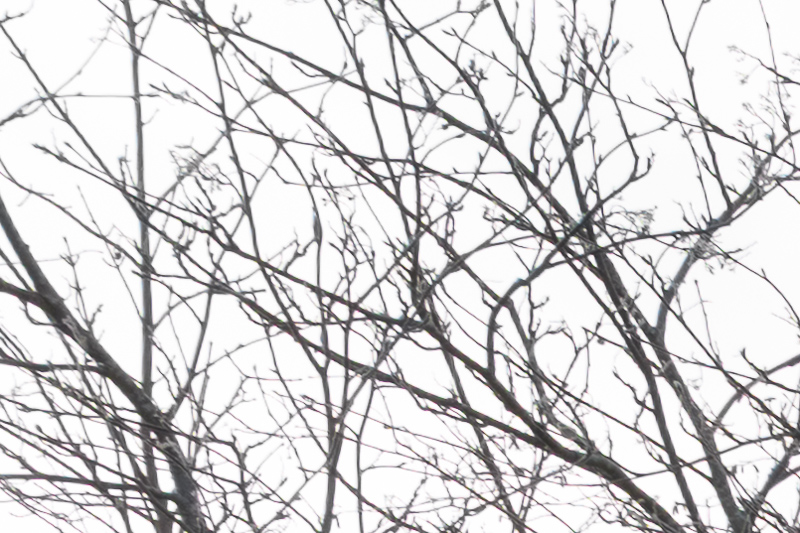
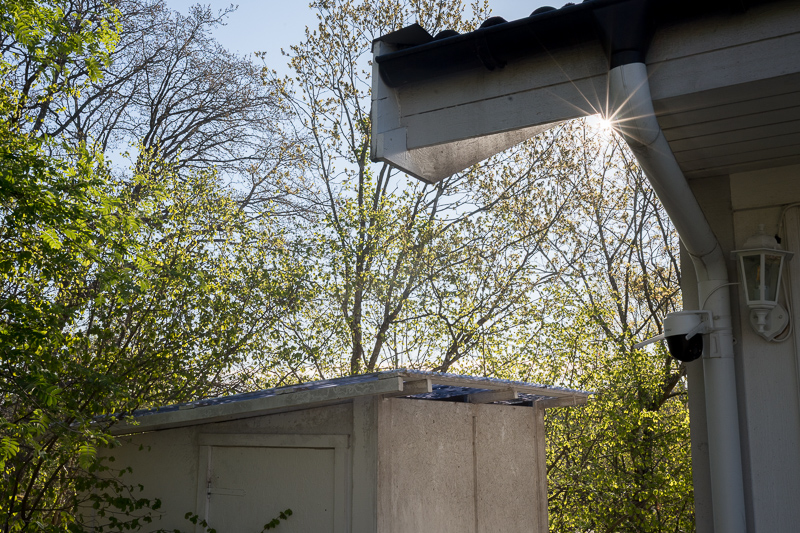
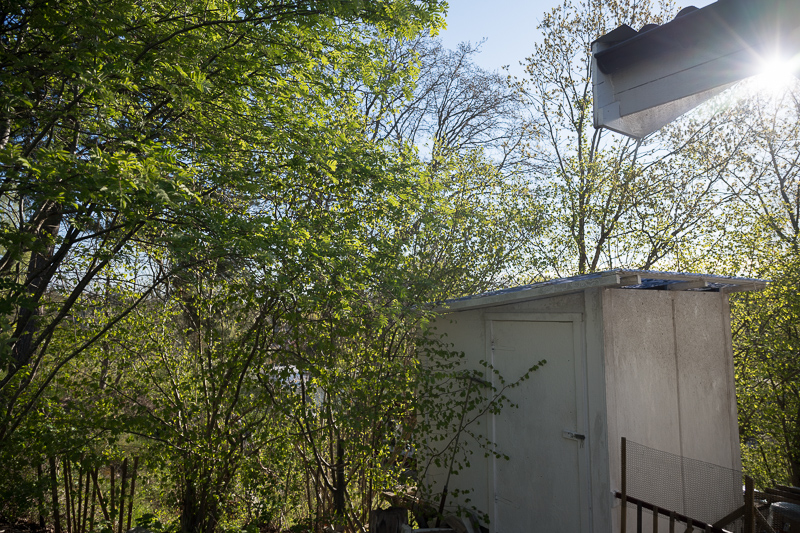
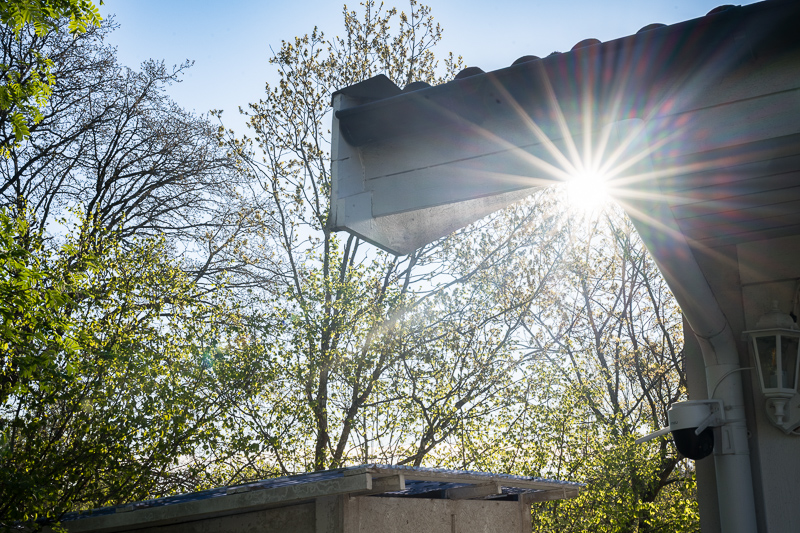
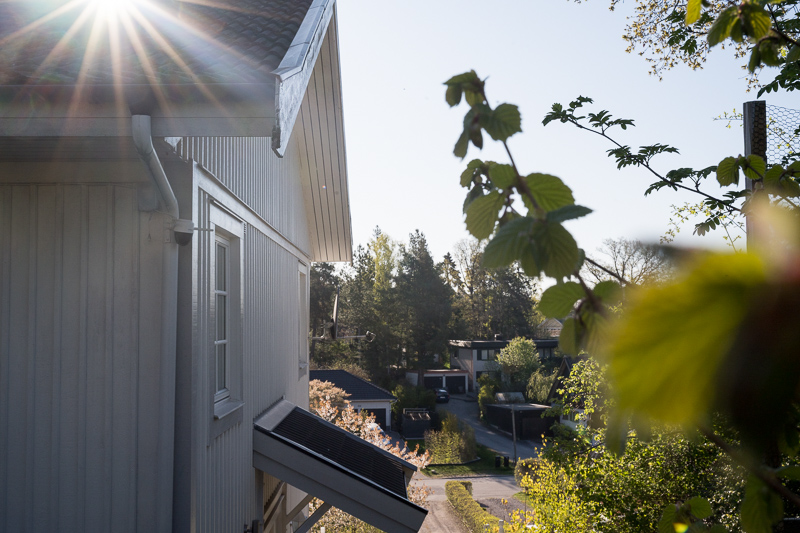
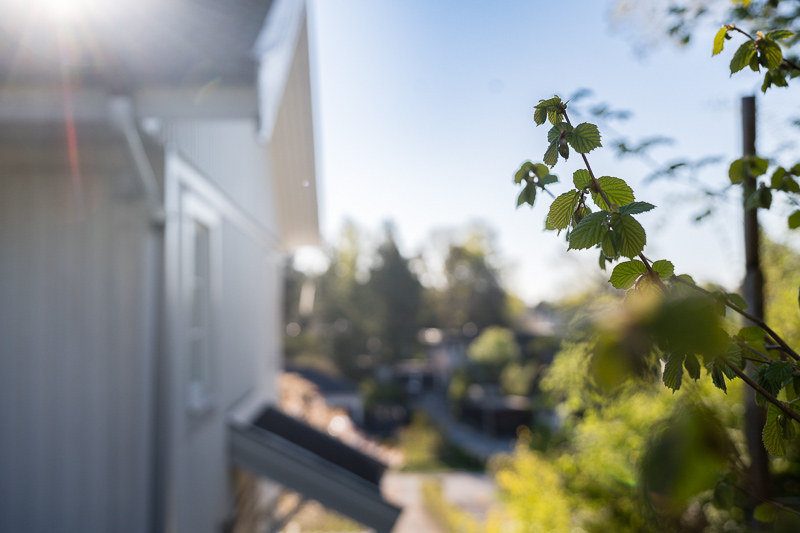
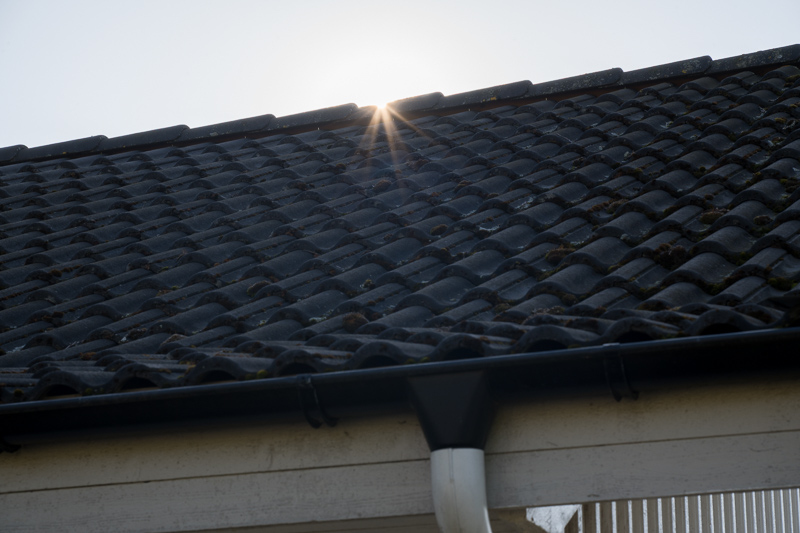
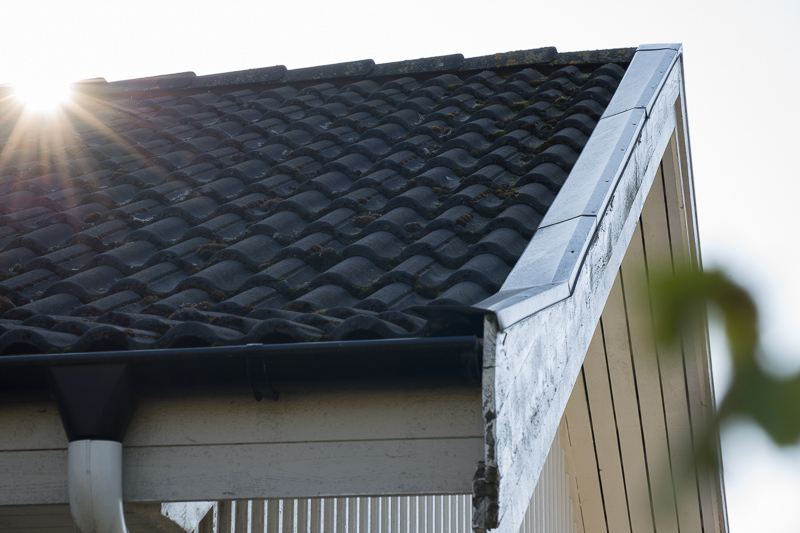
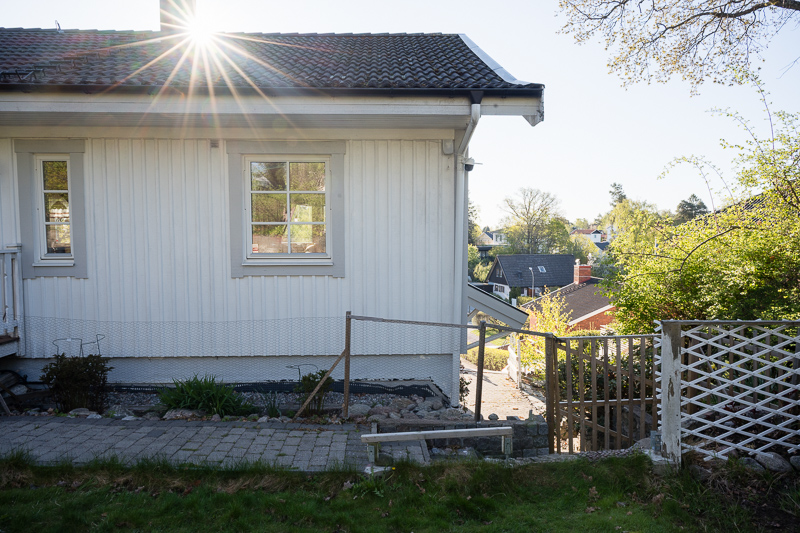
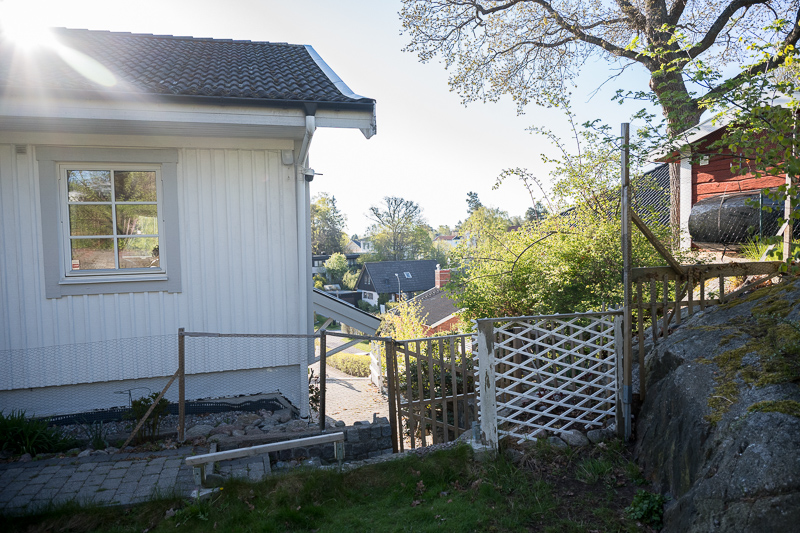
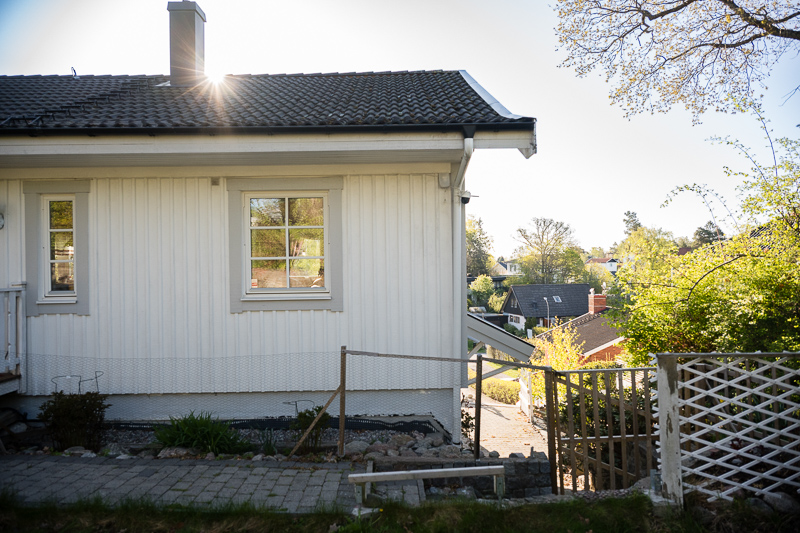
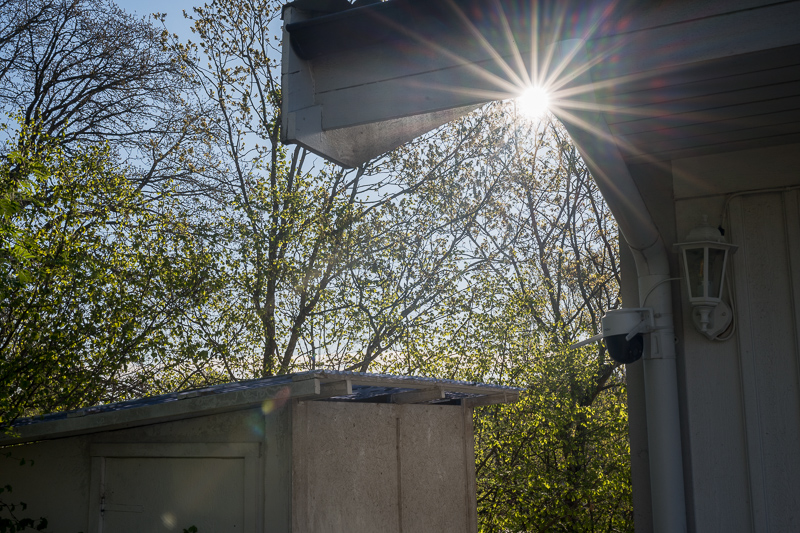
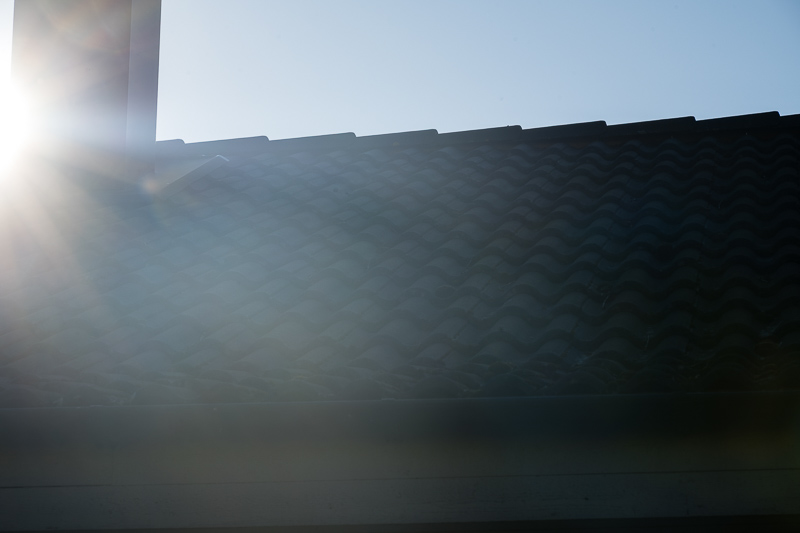

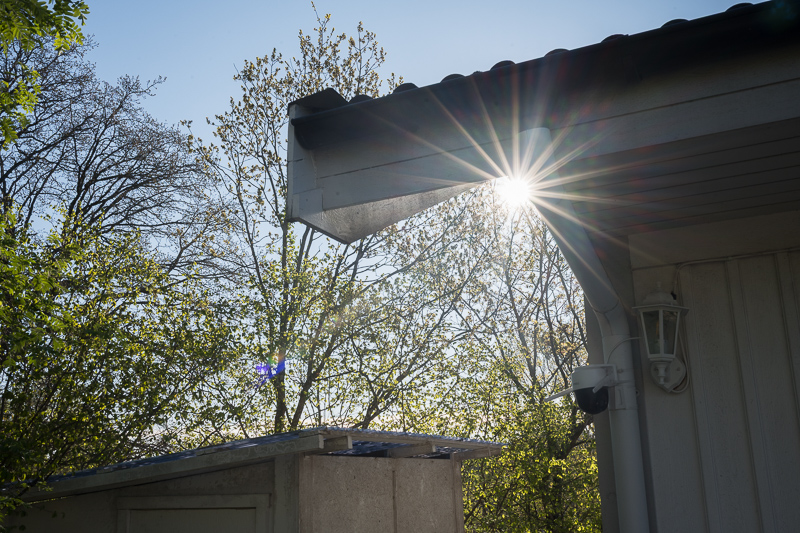

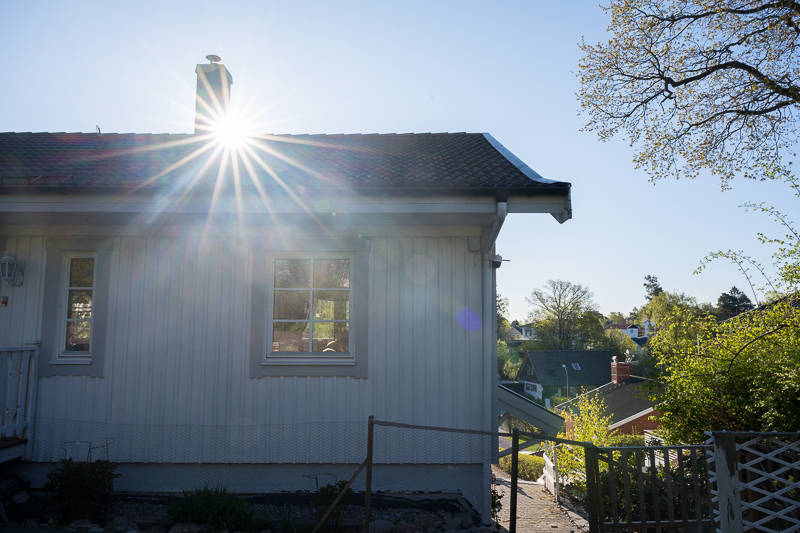
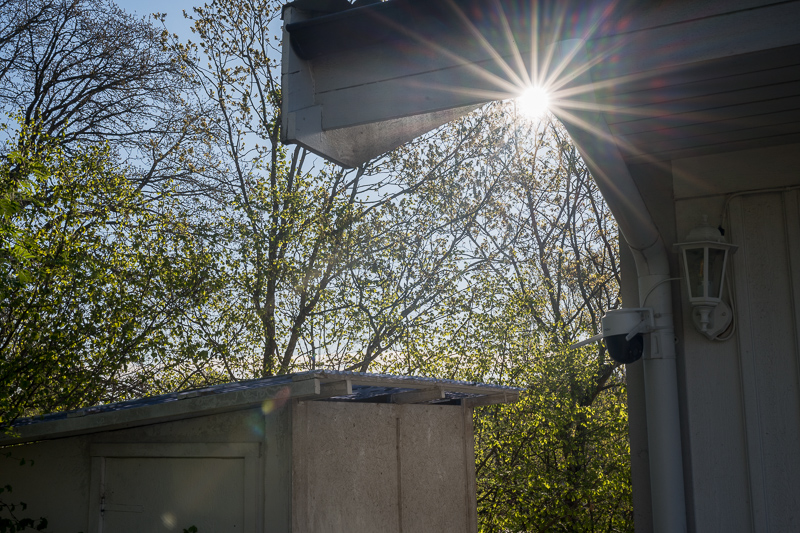
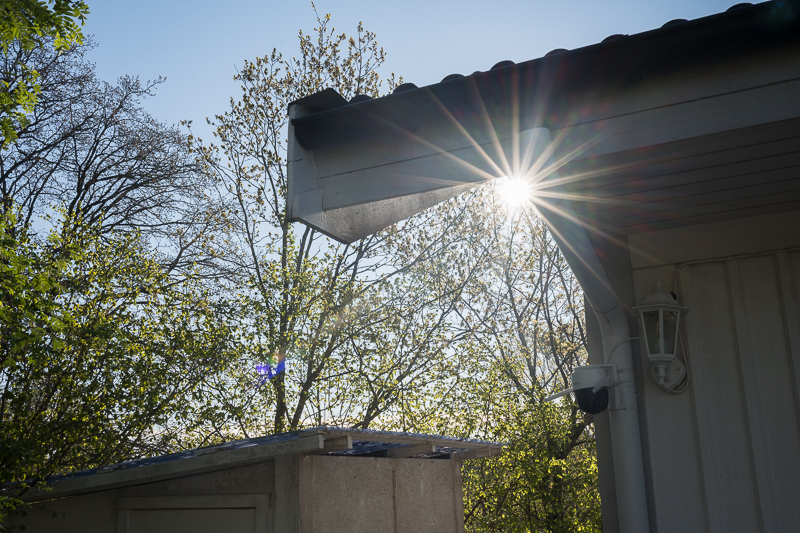
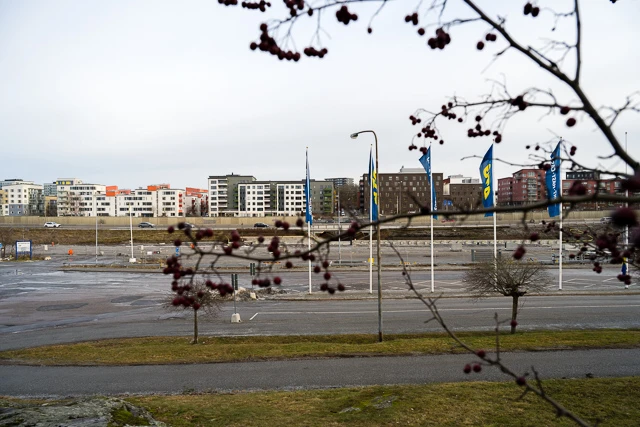



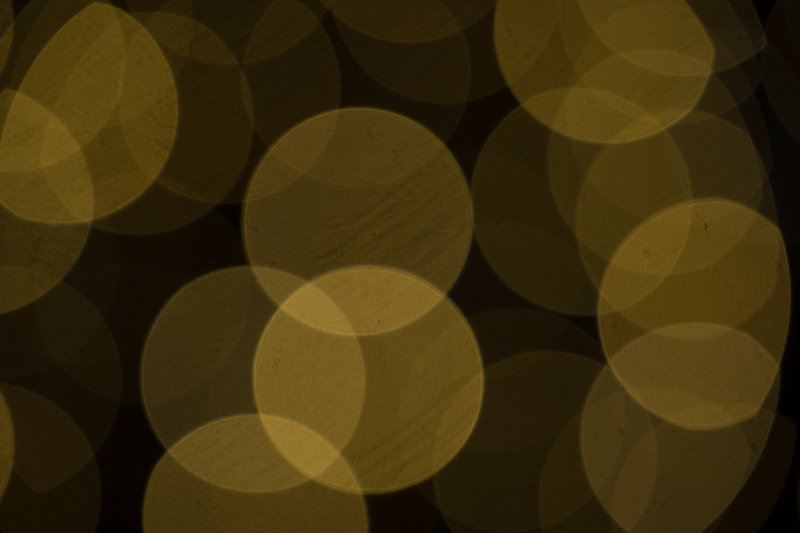

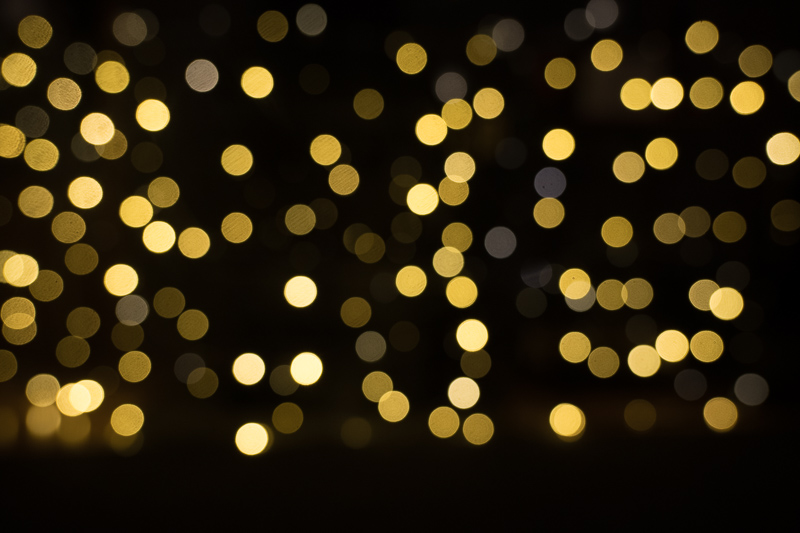
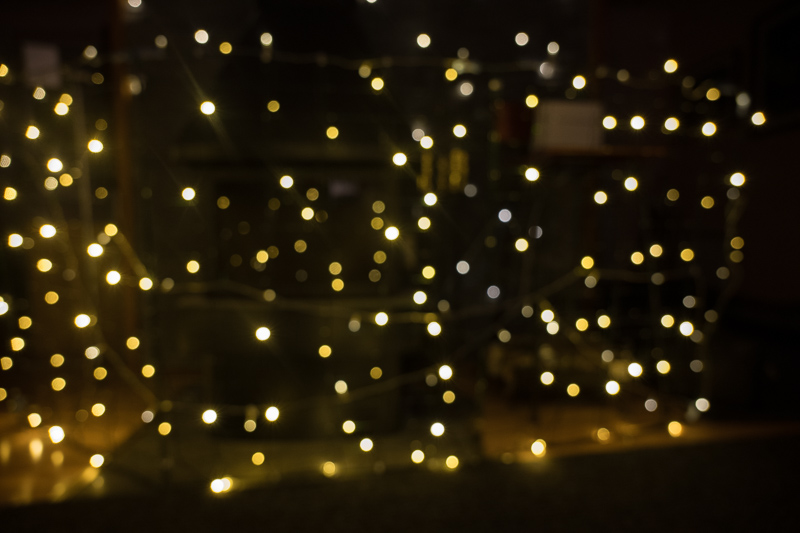

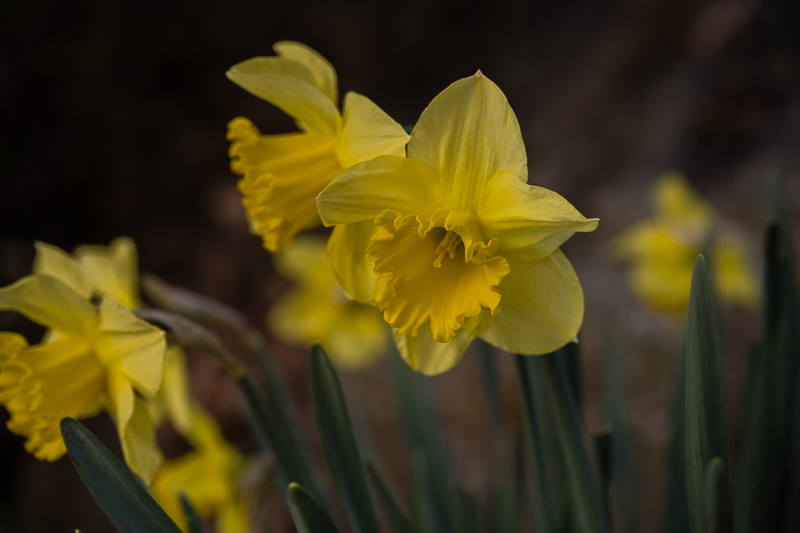
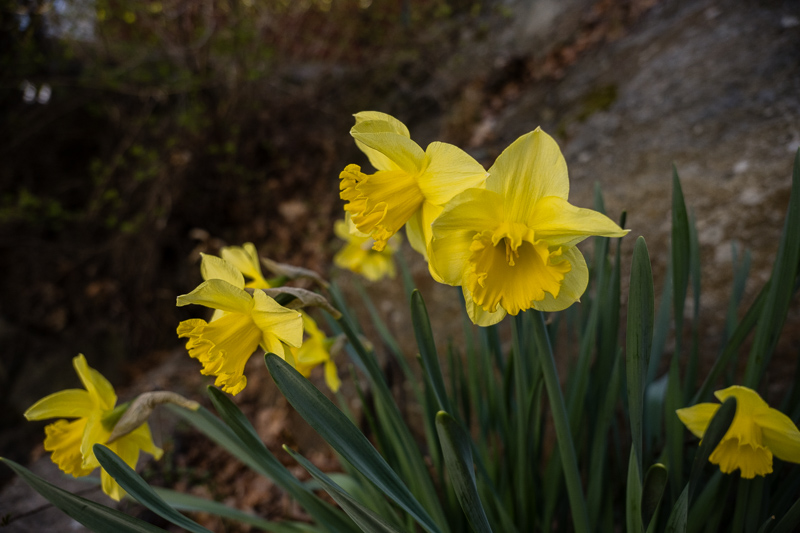
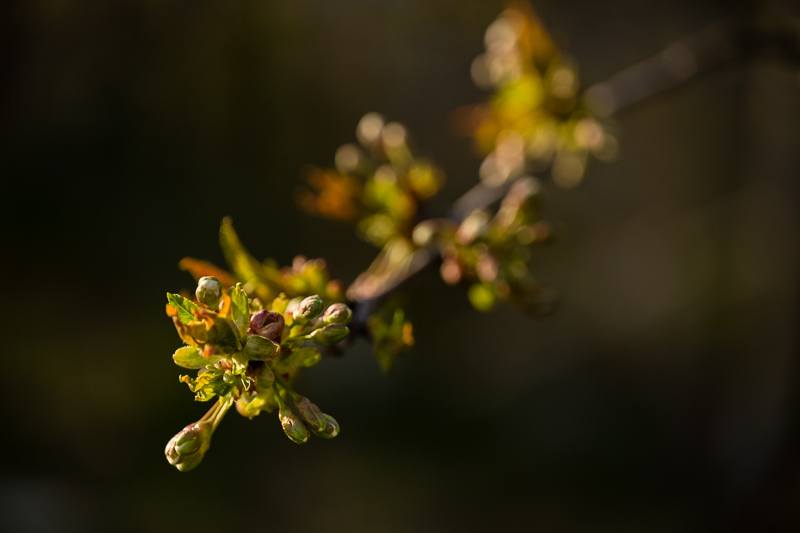
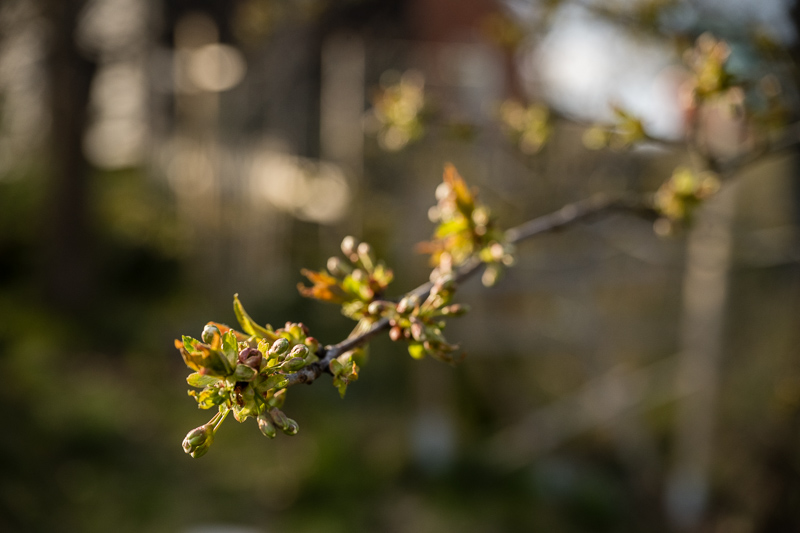
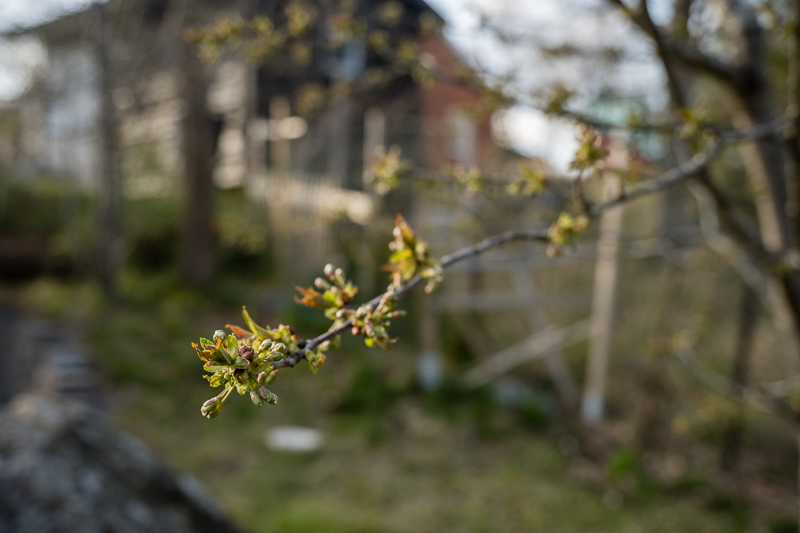
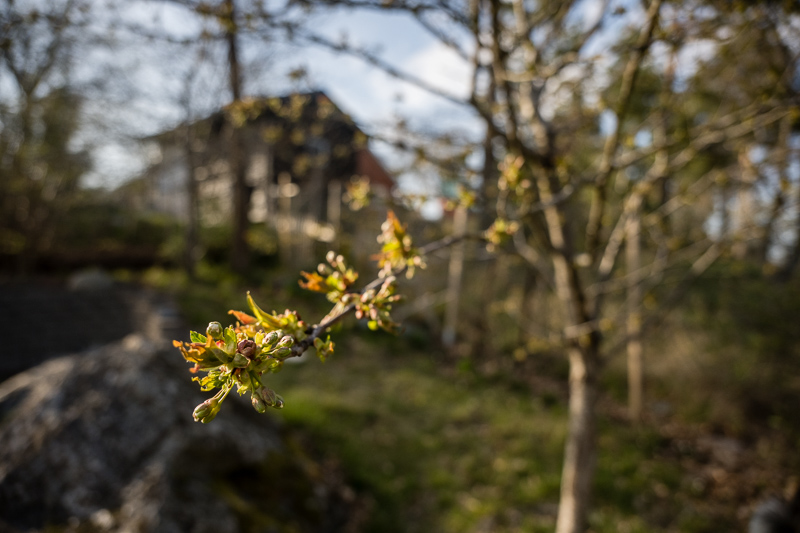


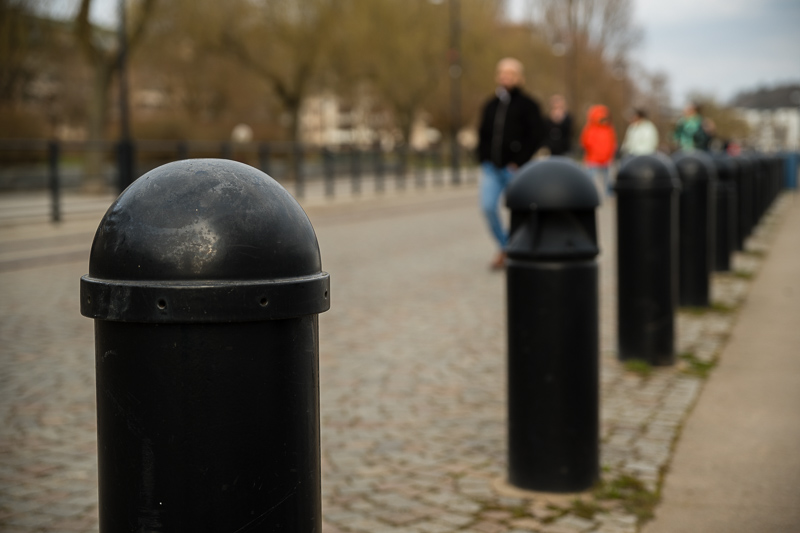
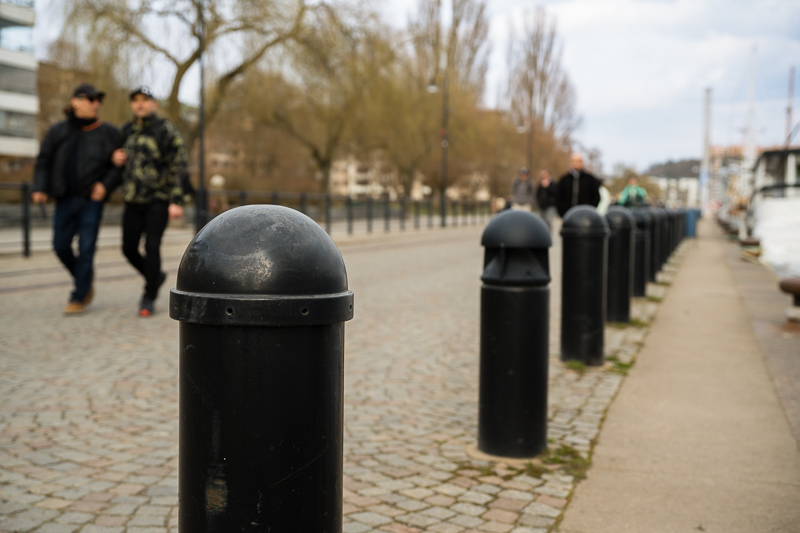
Thanks for the review! I want to add my thoughts on the best travel lens. I haven’t used the Z28-400 lens yet, but I plan to purchase it.
In my opinion, the best travel lens is the Z24-200. He surpasses the heroes of your review in the following parameters:
At comparable aperture values, it gives similar results.
It has a built-in image stabilizer (VR), which allows you to get clear frames of still objects at 200 mm, even at a shutter speed of 1/10 of a second.
Lightweight and compact, which is important for travel.
The 200mm focal length is exactly what you need for travel. I have a lot of cool shots taken at 24-40, 70-85 and 200 mm, but often 200 mm is not enough for the necessary framing.
However, if I needed a lens for commercial photography (weddings, newsreels, studio photography), then the main lens would be the Z24-120 f/4S combined with the Z50 f/1.2S.
The Z 24-200 is indeed more versatile, and the VR is big plus. But it is as large as the 24-120 (retracted), which is larger than the 24-70. Its length increases more than both of the other lenses when extended though. It is also a variable aperture lens, the aperture is equal to the two reviewed lenses only at 24mm focal length, could be limiting in certain situations. I may review that lens too, if there is an interest for that lens.
If I get comments about interest for the review of that lens from 5 unique readers, I will do that.
I think it would be interesting since it’s a type of lens not usually covered at PhillipReeve. On E mount a lot of people think the Tamron 28-200 is every bit as good as the Sony 24-105, tho the former is f4.5 thru 112mm or so…
Martin, you’re right about that. But based on my experience, when traveling, a wide range of focal lengths is more important than the aperture. After buying the Z24–200, my Z24–70 f/4S turned out to be unclaimed and was sold.
Although the Z24–70 f/4S is much sharper at 24 mm in the corners, and the Z24–200 has more transverse chromaticity. However, when comparing the Z24–200 and 24-70 f/2.8G at common focal lengths and aperture values, I was surprised to find that the Z24–200 is better at the edges and corners of the frame! Of course, 24-7024-70 f/2.8G is sharper in the center.
When traveling, I most often use apertures 11, 6.3 and 8. In low-light conditions, VR helps to get a normal ISO. And for shooting in the dark, in the evening or indoors, I take a second fixed lens with me. Now it’s the Z35 f/1.4.
The Z24–200 also allows you to create a 3D effect. Although I didn’t know about it when I bought it, I really like this effect.
Overall, I consider the Z24–200 to be one of my best buys. This is a strong advantage for the Z mount. Combined with the Z5, it becomes an excellent choice for travel.
I am interested, not sure I qualify as unique reader though 🙂
You are unique, and you have read the article; therefore, you are a reader, so you qualify 😉
nice review again Martin, if one is oit in the remote areas, the 24-70 f4 even though only f4 works quite well for the occasional may/june rising Milky Way, landscape shot at 24mm f4. Try settings iso 1600-3200 10-15 seconds on a z6/z7.
Unfortunately, where I live in Sweden is among the worst places for Milky Way photography. The Milky Way centre almost never comes over the horizon. It might rise slightly for a couple of weeks in high summer, but at that time, the night sky simply doesn’t get dark at all due to our geographical position, even in remote areas free of artificial light.
Well that indeed applies for the galactic core during spring and mid summer ( Scorpius/Sagitarius) . But during September-December the Milky Way section from the constellations Cassiopeia-Cygnus-Aquila also gives a (forgotten) but very nice display on the western horizon 😉 In the (southern) Netherlands where I live its so light polluted that you have to drive 2-3 hours into France to see a glimpse of the Milky Way.
nice review! now im wondering does sony have a similar focal length & f4 option? like third party or something?
There’s no xx-120 on E mount, there’s the 24-105/4 G, 20-70/4 G, and the Tamron 24-200 f2.8-5.6 which is faster than the average superzoom throughout it’s range.
Martin… outside Stockholm… I love your assessment of the Nikkor 24-120mm S-line. It is the first lens I pack every time I pick up my camera. The images you displayed say it all regarding this lens capability. The only reason I don’t shoot with it is because I didn’t bring it out that day.
—Martin… inside Rocky Mount, NC
May I know if you recommend I could use Sony 20-70 F4 with ETZ21 PRO on the Nikon cameras? I am using Sony a7c but I want to change it to ZF.
Haven’t tried that combination.
As that lens relies heavily on electronic corrections and as we have seen that other ~20mm lenses like the Sony FE 20mm 1.8 G and the Zeiss Loxia 21mm 2.8 perform worse on Nikon due to its thinner filter stack that is not a combination I recommend.
Gary, I shoot both Nikon Z and Sony FE i have just got the 20-70mm and not done a lot of detailed testing. But the distortion at the wide end is significant on the FE- Z adapter . It is easy to correct in post but is severe enough to causes issues when composing an image
Very interesting. I think the Nikon zoom test would be very revealing: 24-70 f/4 – f/2.8s, 28-75 f/2.8, 24-50, 24-120 and 24-200. For myself, I chose the 24-200 for travel (along with the 40mm f/2) and the Tamron 28-75 f/2.8 for everything else, including a simple macro. Interestingly, I didn’t like the 24-200 lens on the z5 as much as I did on the z7ii. Including 300mm focal length in crop mode. I will say this, the sharpness of 24-200 z is so much higher than similar af-s that the sharpness has ceased to be a problem, it is enough for 90% of situations. And at 35mm, the sharpness is generally at the level of the af-s fixes of the past. With all this, it is clear that 24-120 is preferable to 24-200 for commercial work. But compared to the Tamron 28-75 f/2.8, everything is not so obvious.
Do you mean that you find Tamron 28-75/2.8 better than the other standard zoom lenses in Z mount?
Is it the Nikon version you are using, which optically is the Tamron version 1, or is it Tamron 28-75 E mount version 1 or 2?
Ough, a loose “G2”. I’m talking about Tamron 28-75 f/2.8 G2 for z-mount. Of course Nikkor 24-70 f/2.8s sharper and faster autofocus, I understand that. But G2 so lightweight and gives such cool bokeh… And it’s much better than Nikkor 28-75 f/2.8 (which one is well known as Tamron 28-75 f/2.8 g1), also g2 the same or almost the same as 24-70 f/4 with benefits of f/2.8 and bokeh. Compare with 24-120 each one has its own benefits of focal range or f/2.8. 24-50 is another league, but it’s so small, that for some situations it has its own strengths.
Another vote for the 24-200 review/comparison. I’m interested in these lenses for travel. The 24-70 is a no go for me, if I want compact, it’s a prime. The 24-120 is the ideal zoom for the trip, no contest, but the 24-200 adds a few more (and a few less). In particular its compactness is a wonder! (retracted). To be compared with the 24-240 Canon e.g.
(Conversely, compare the size of 18-140 and 18-150 APS-C 😉
Noted.